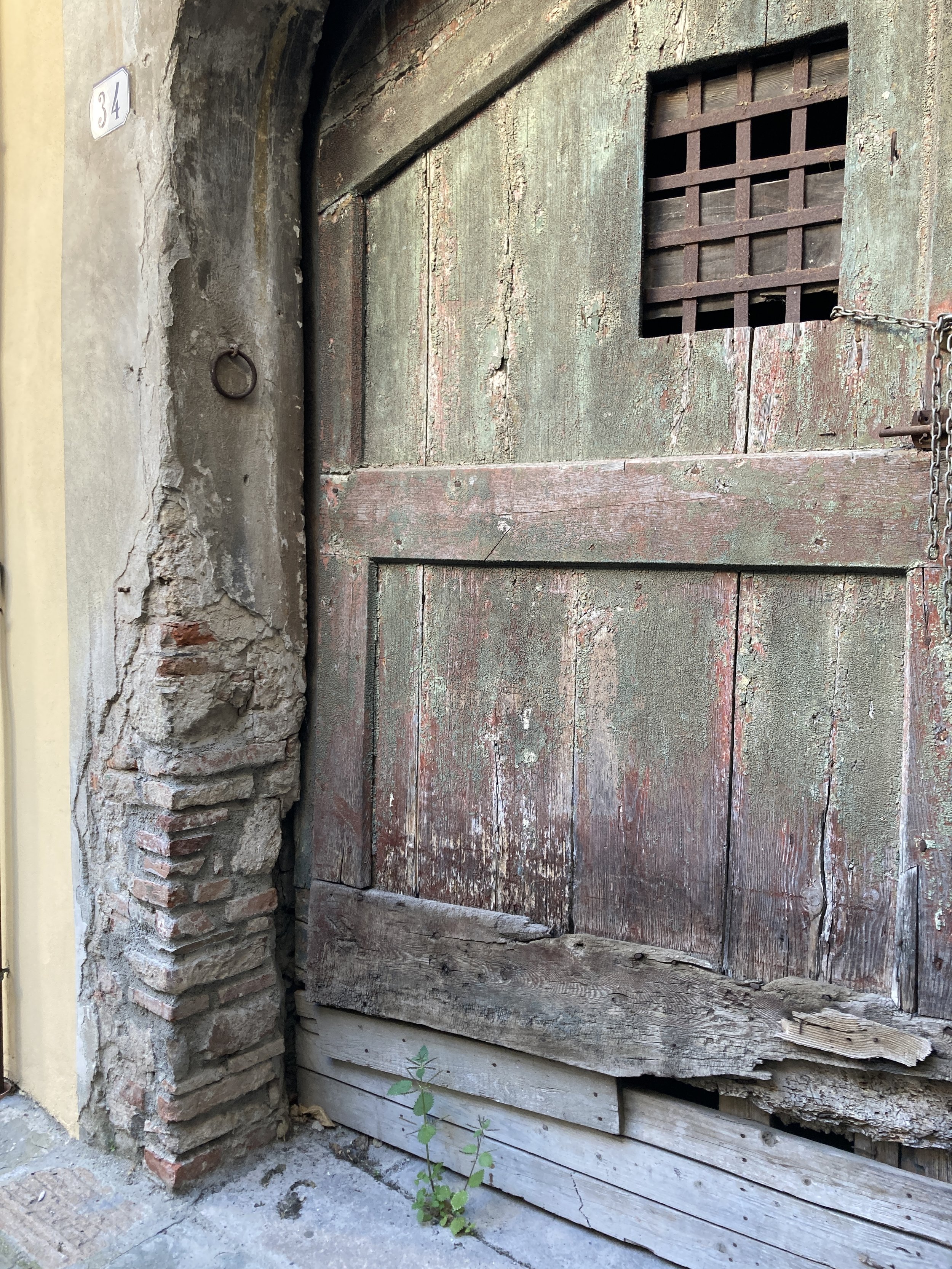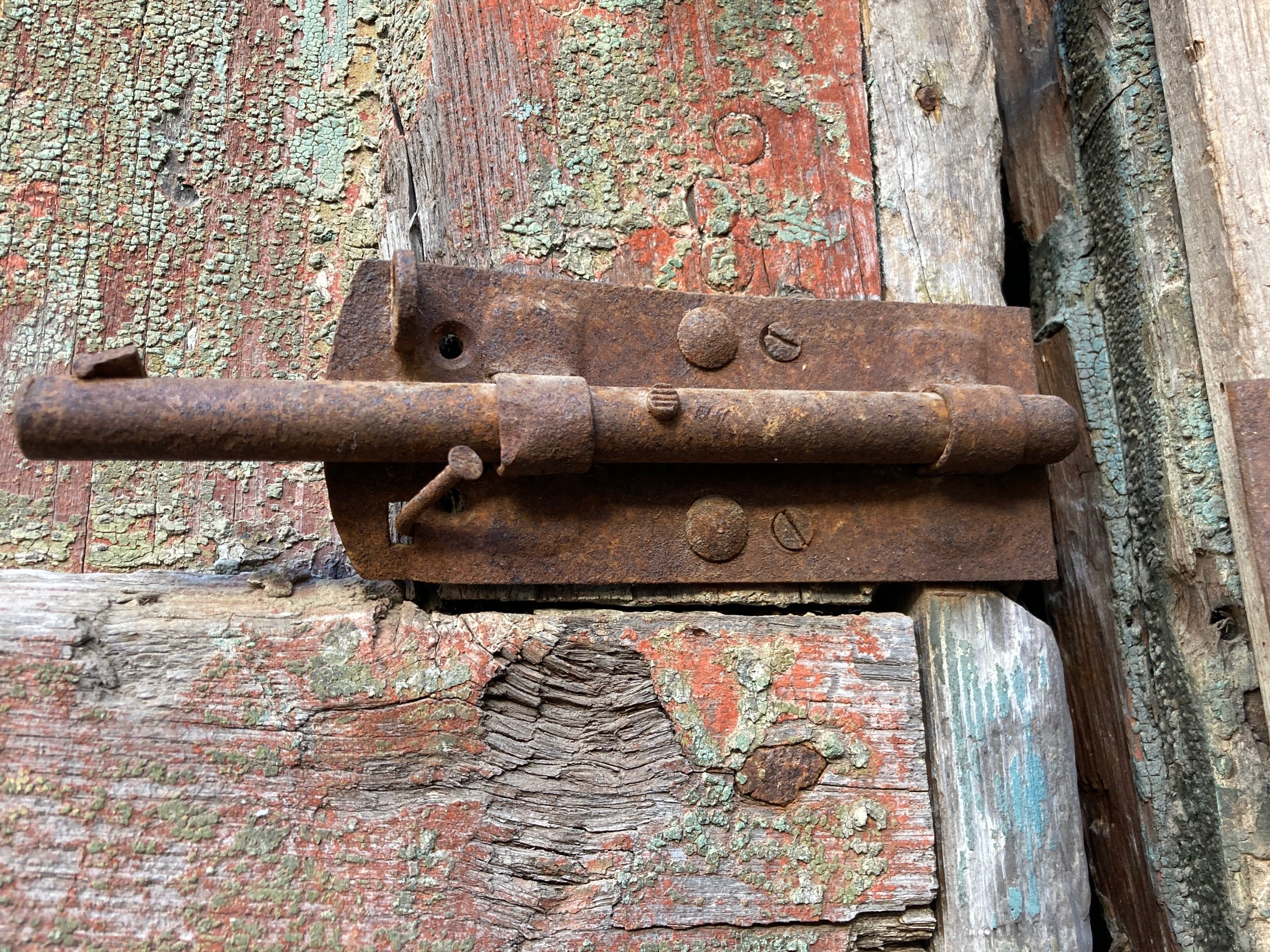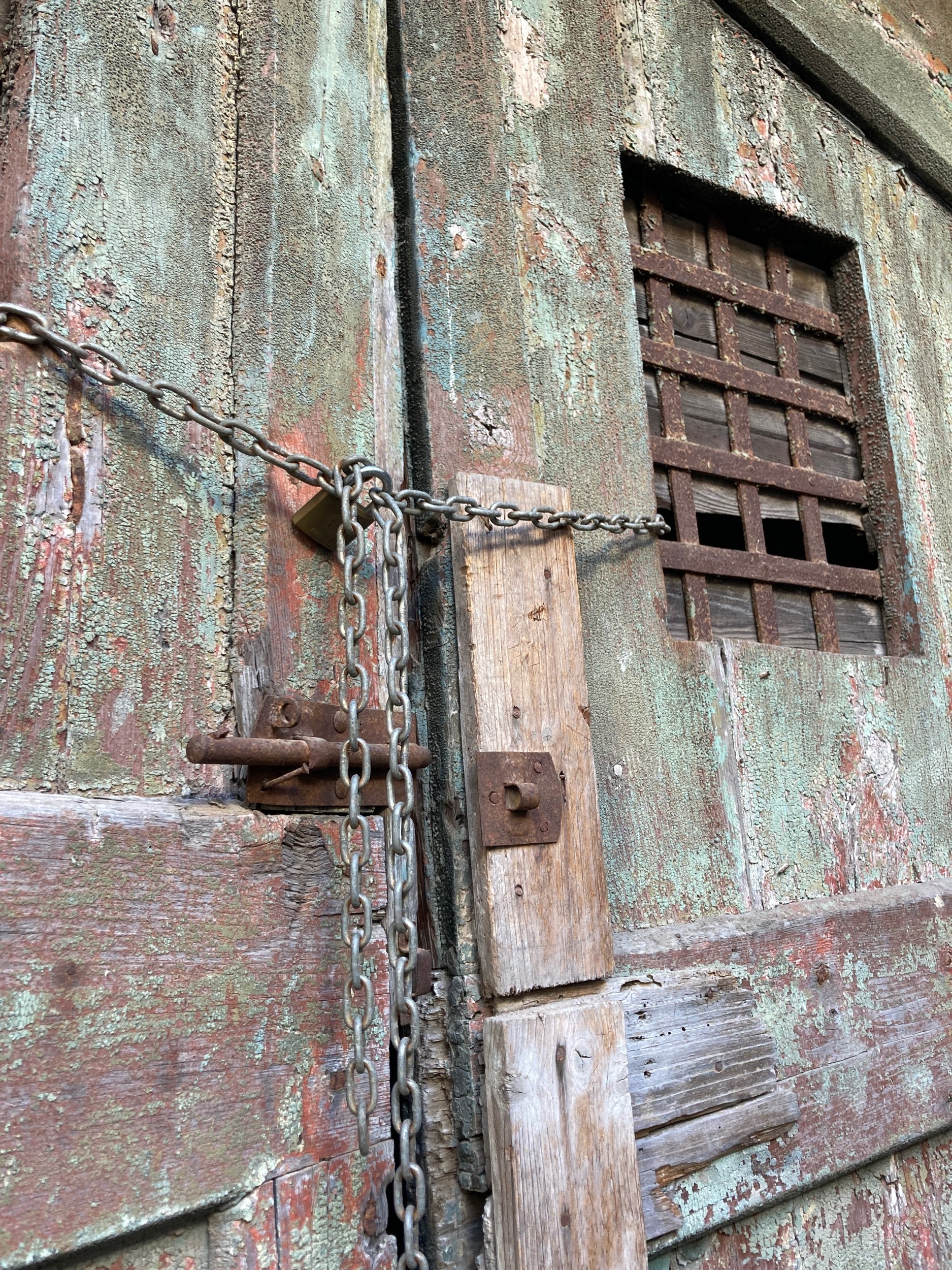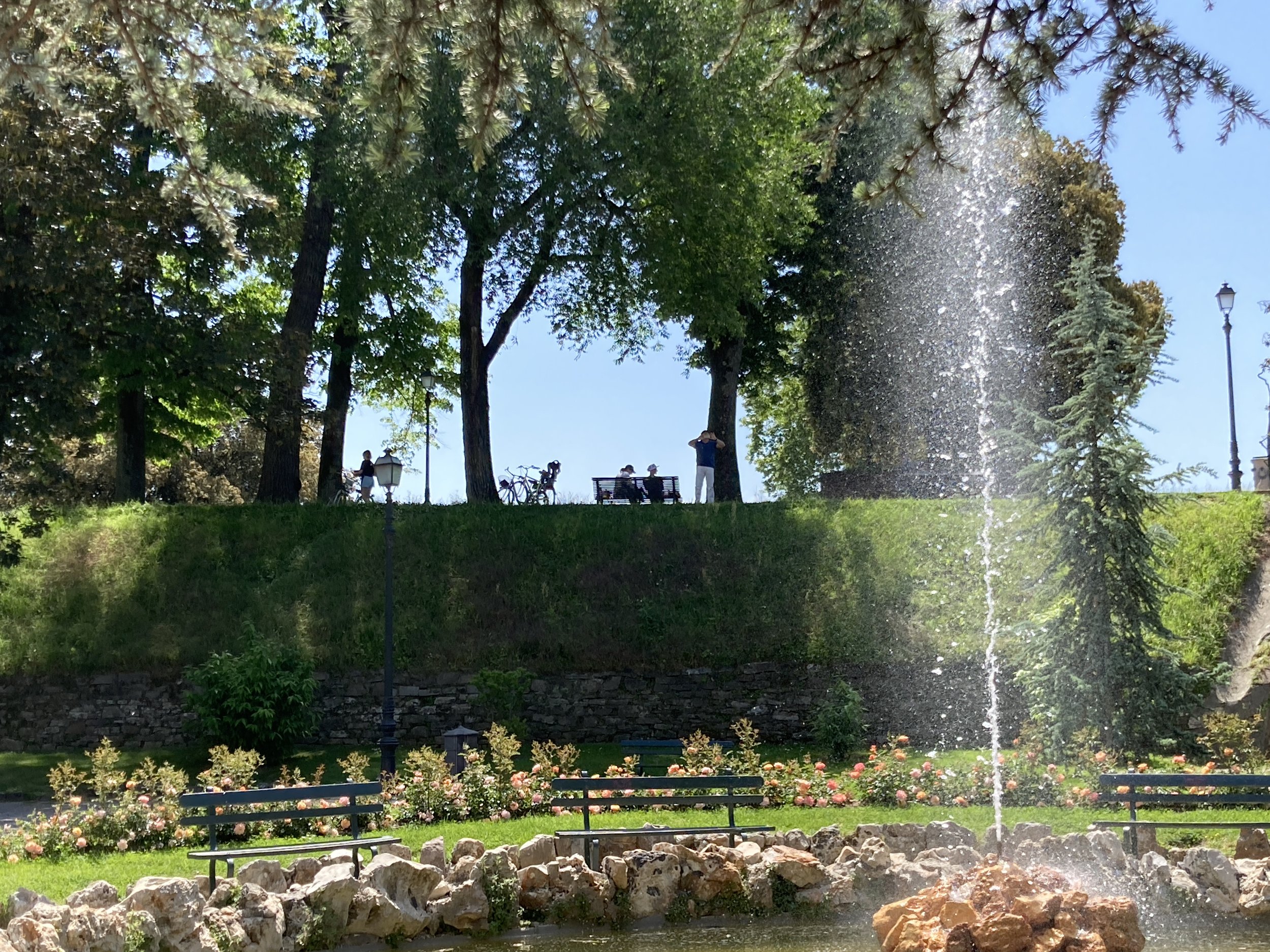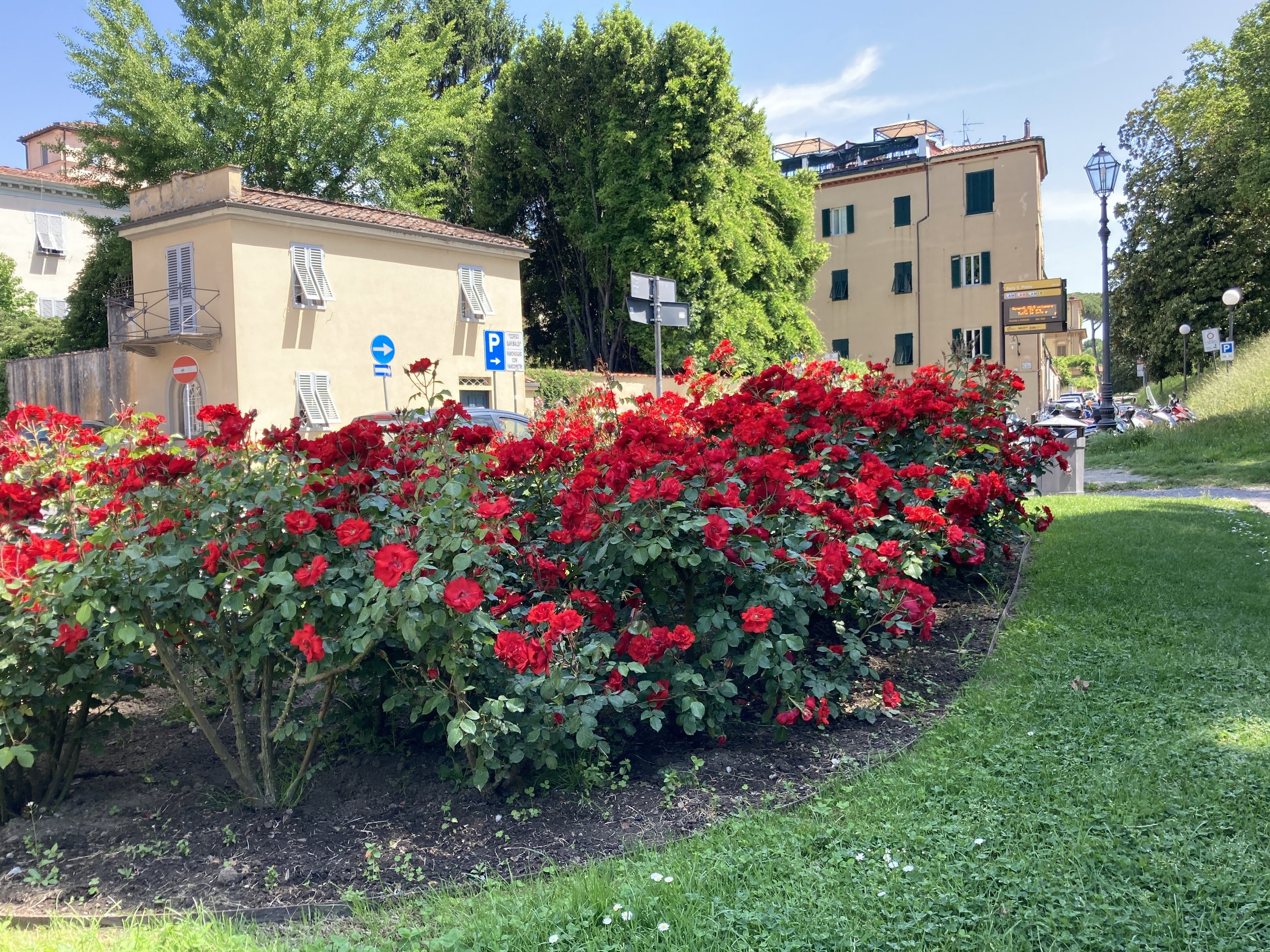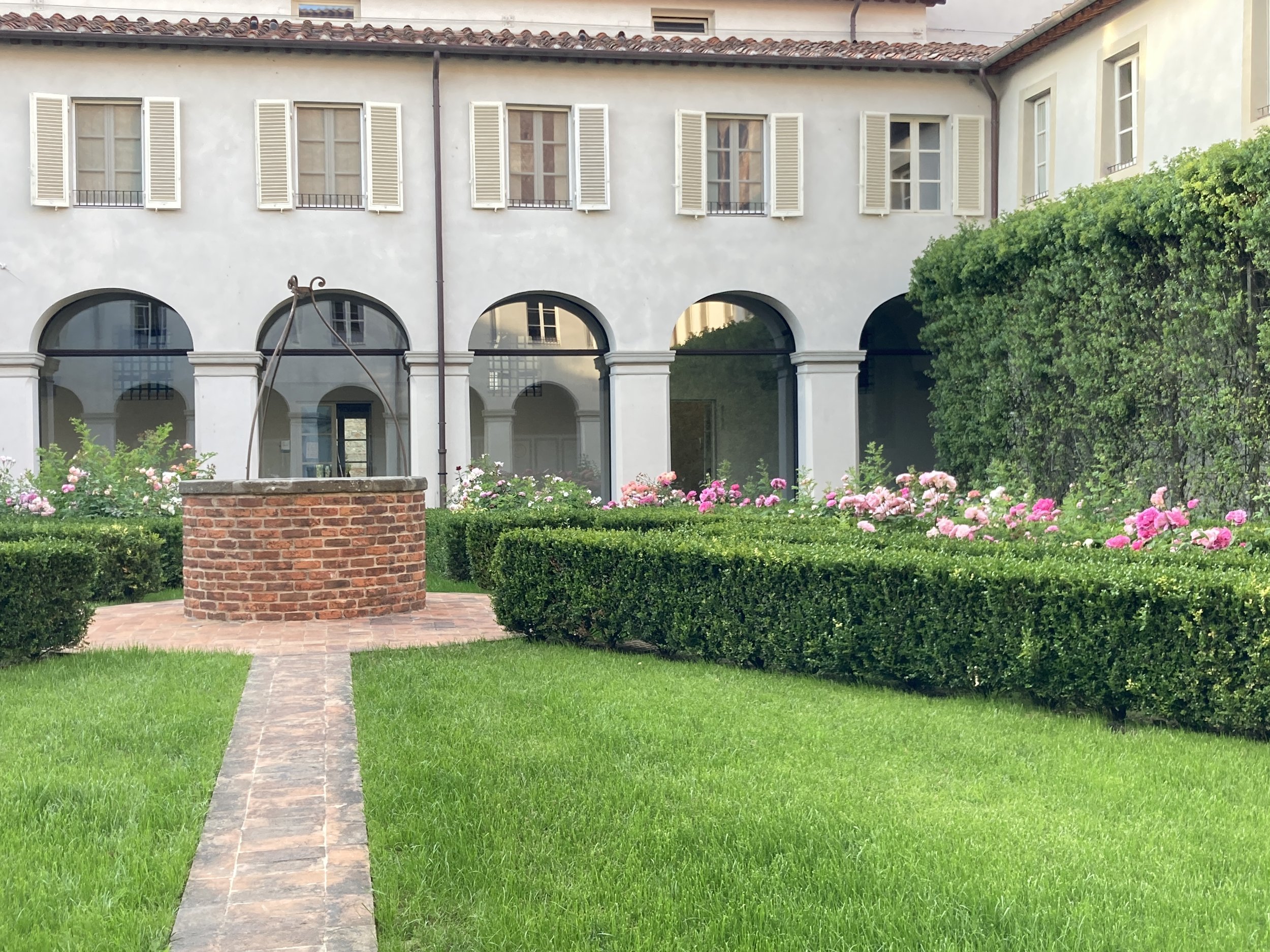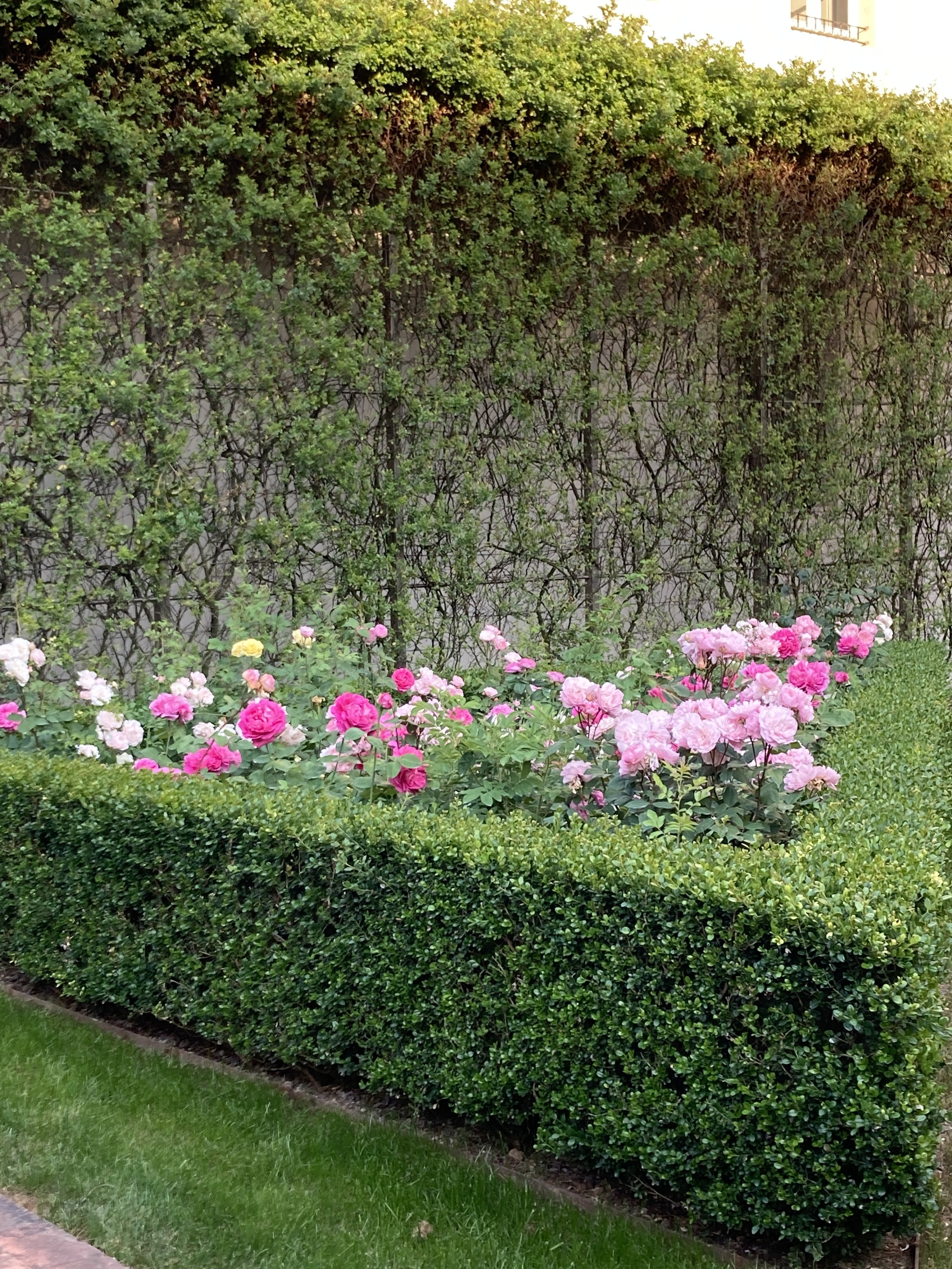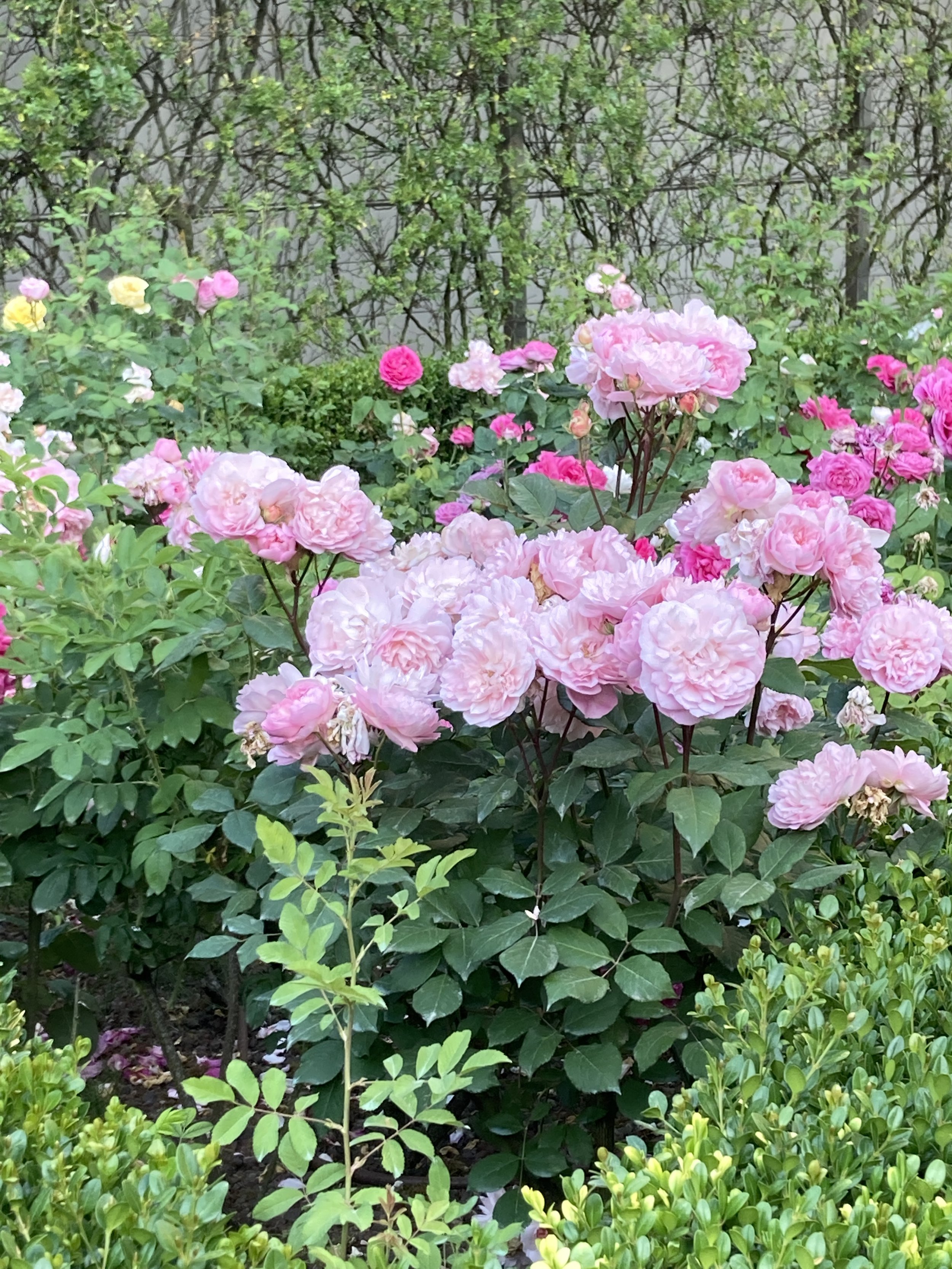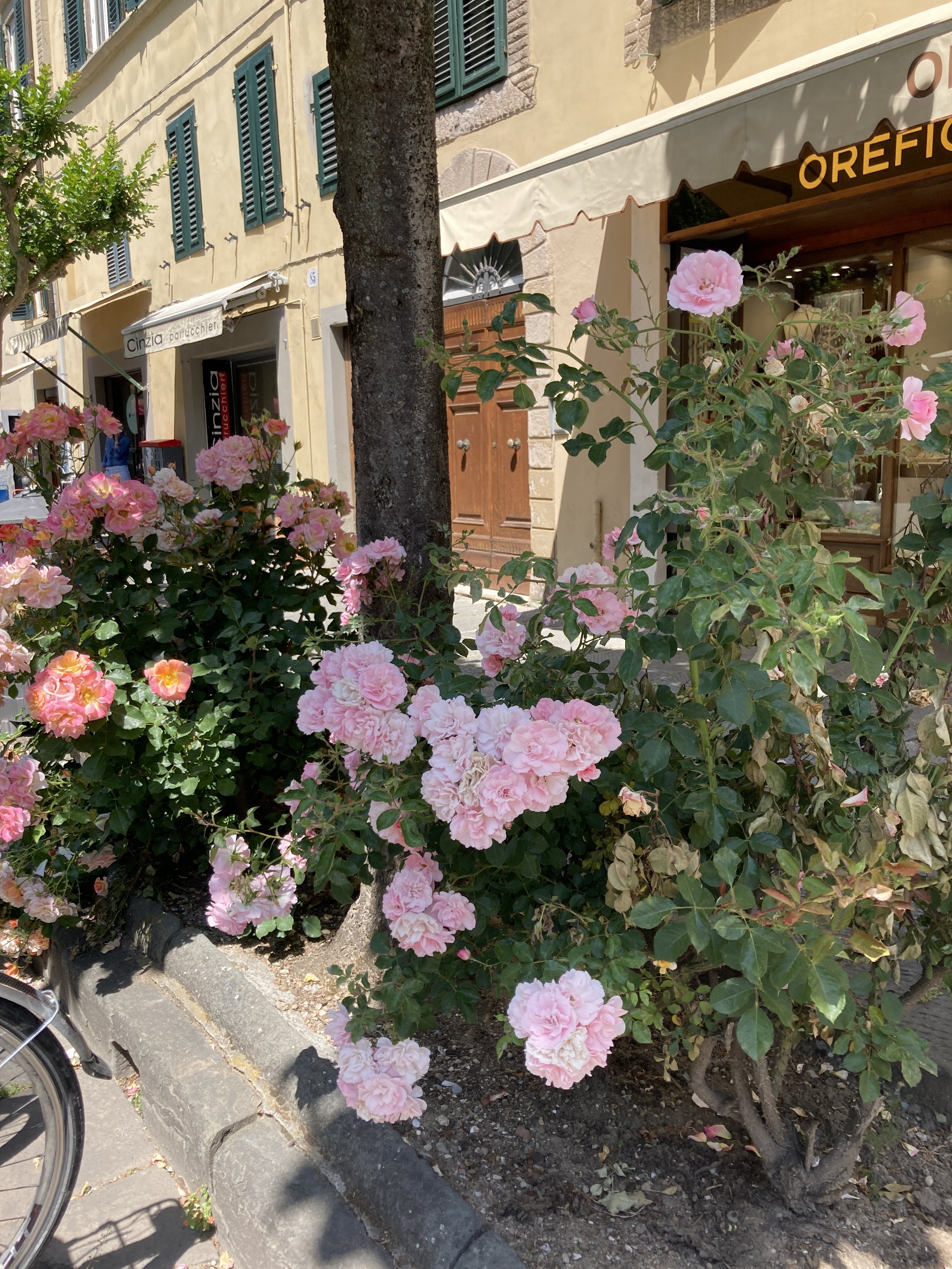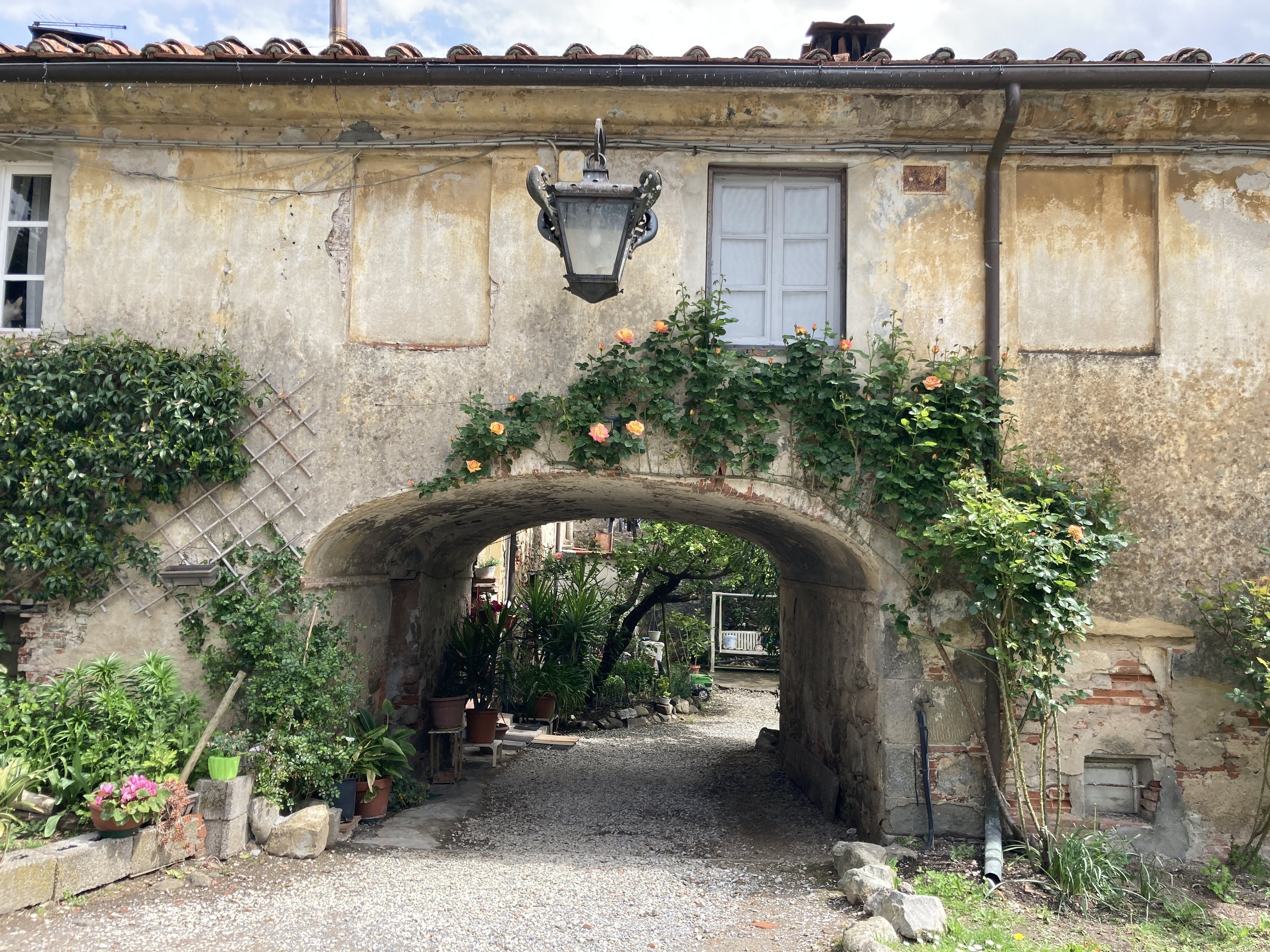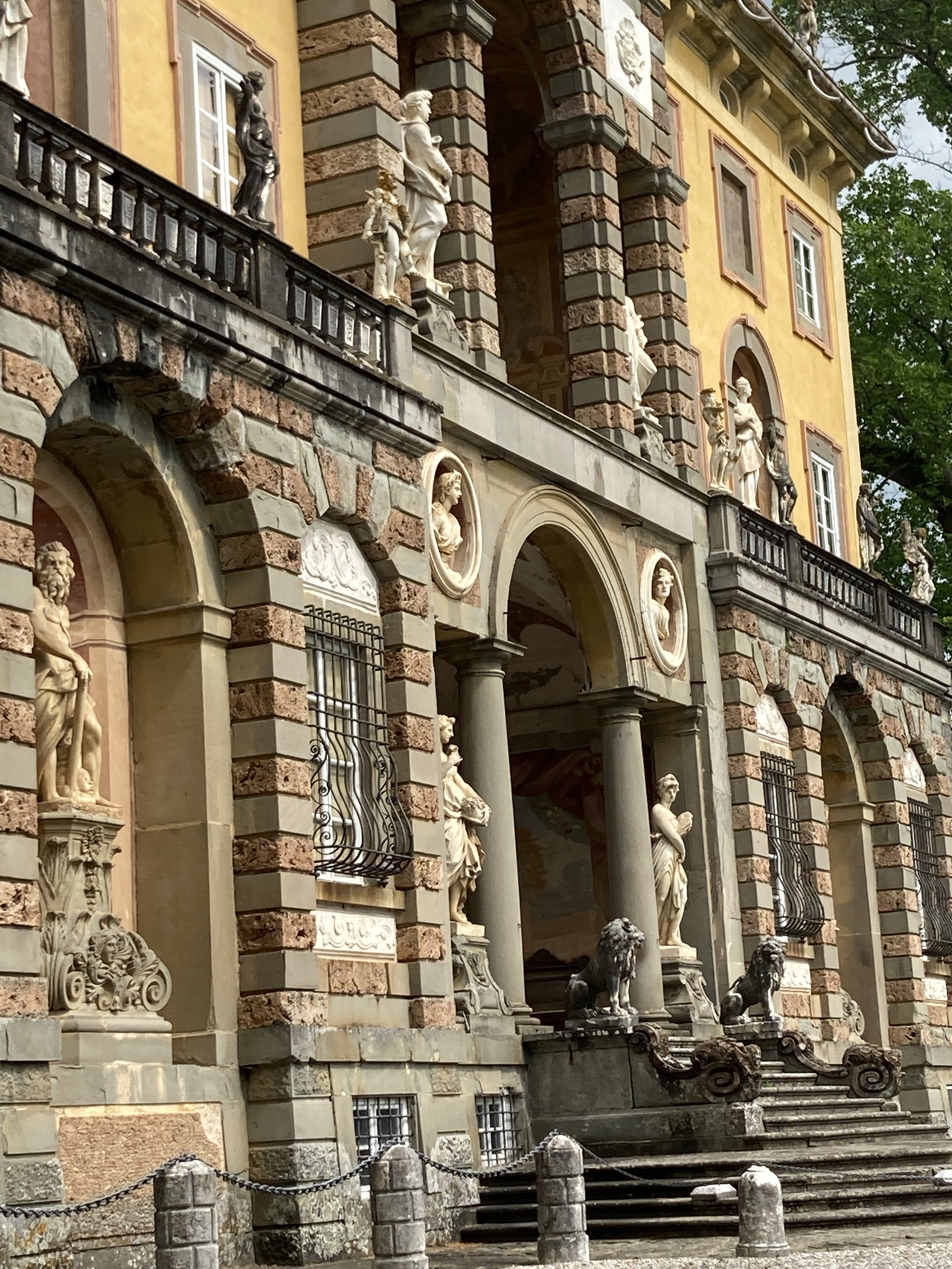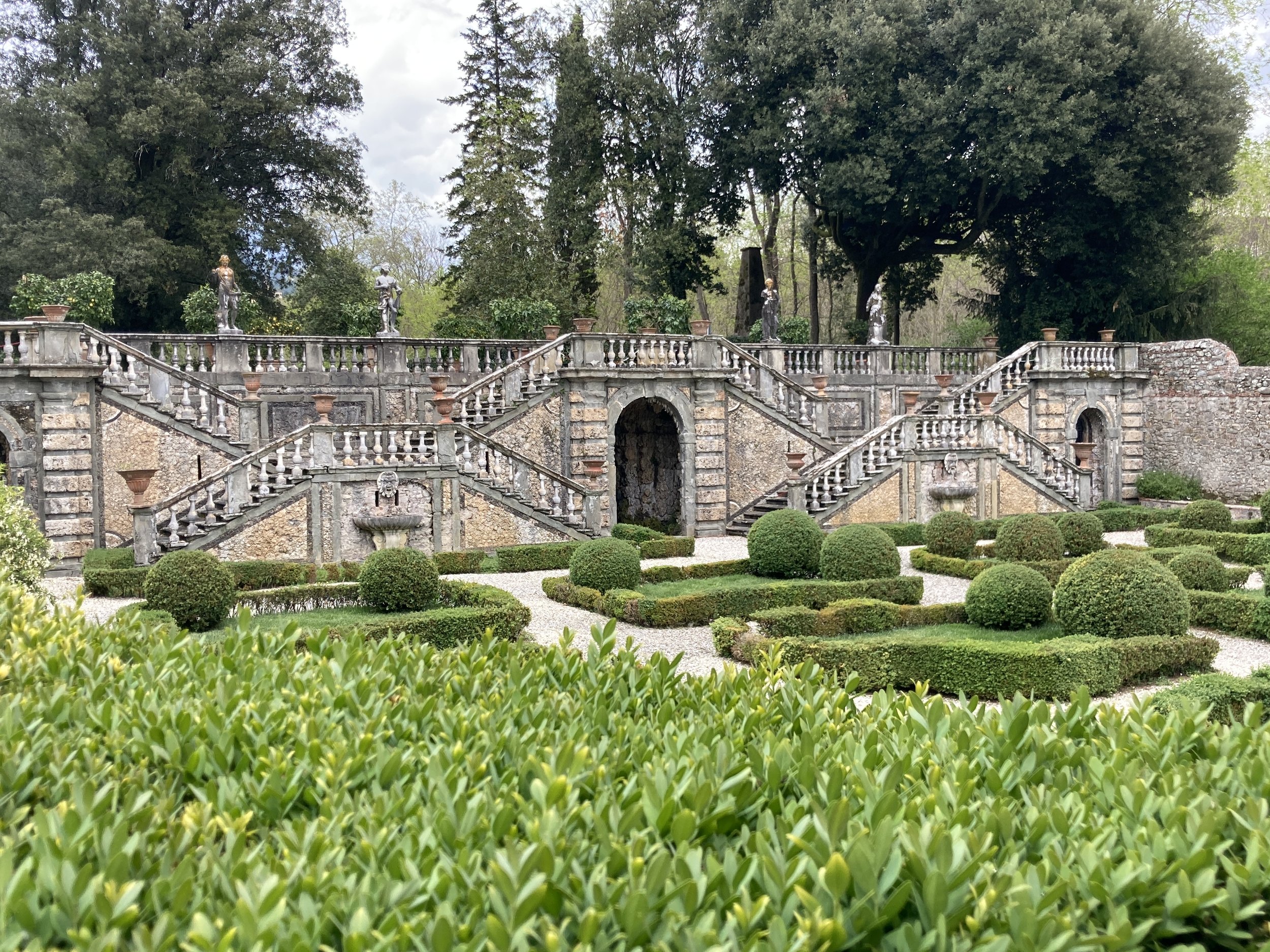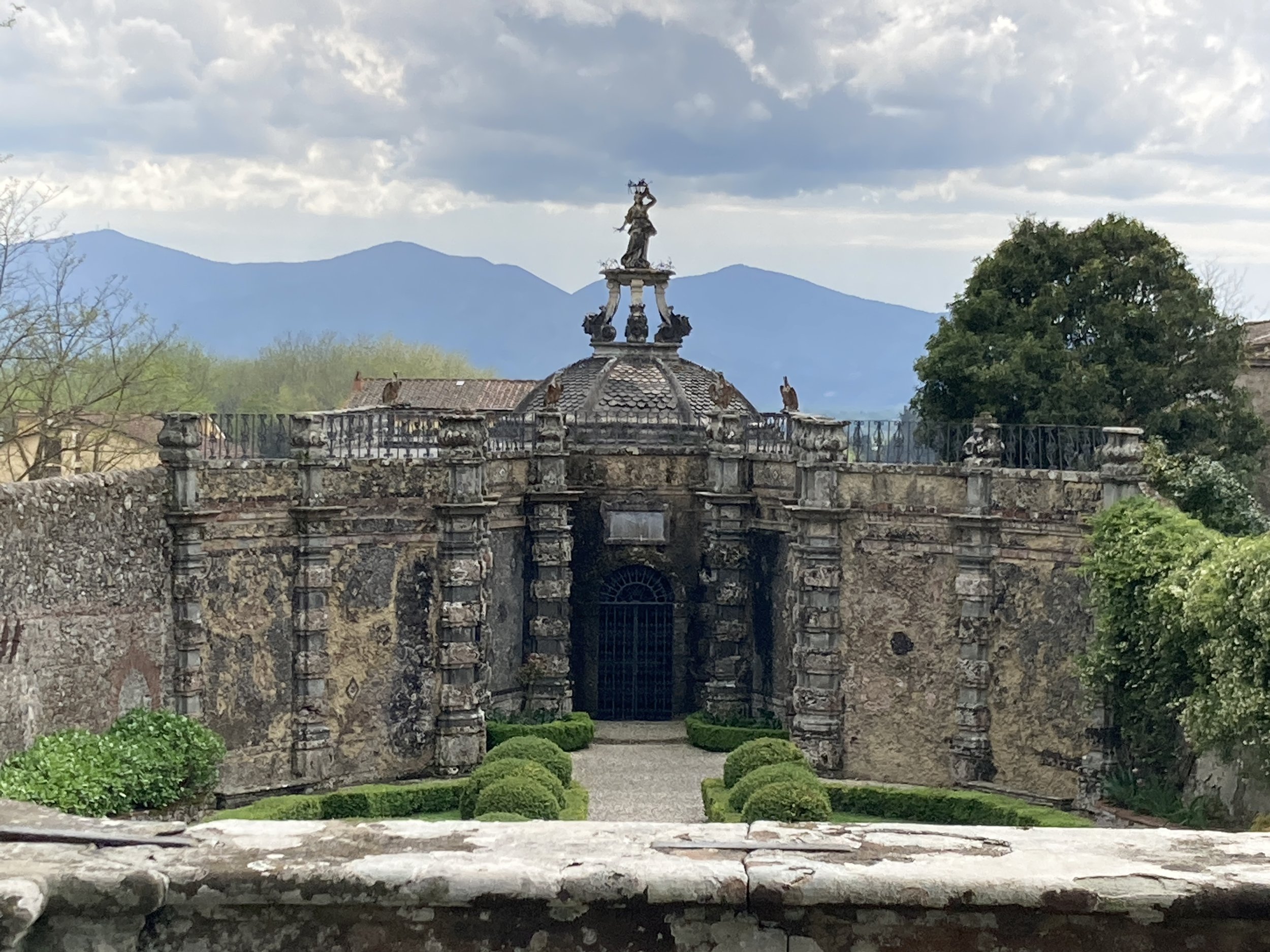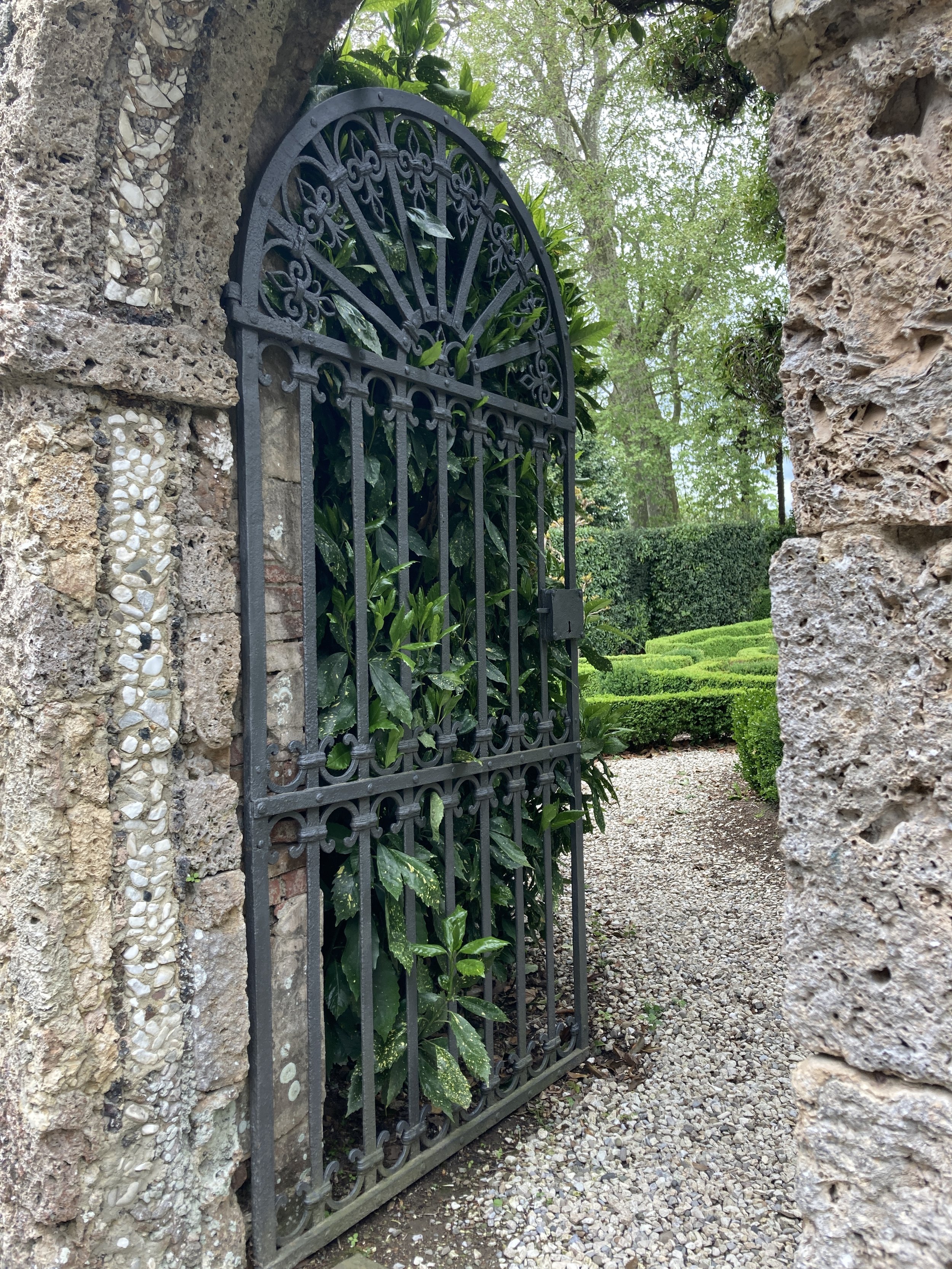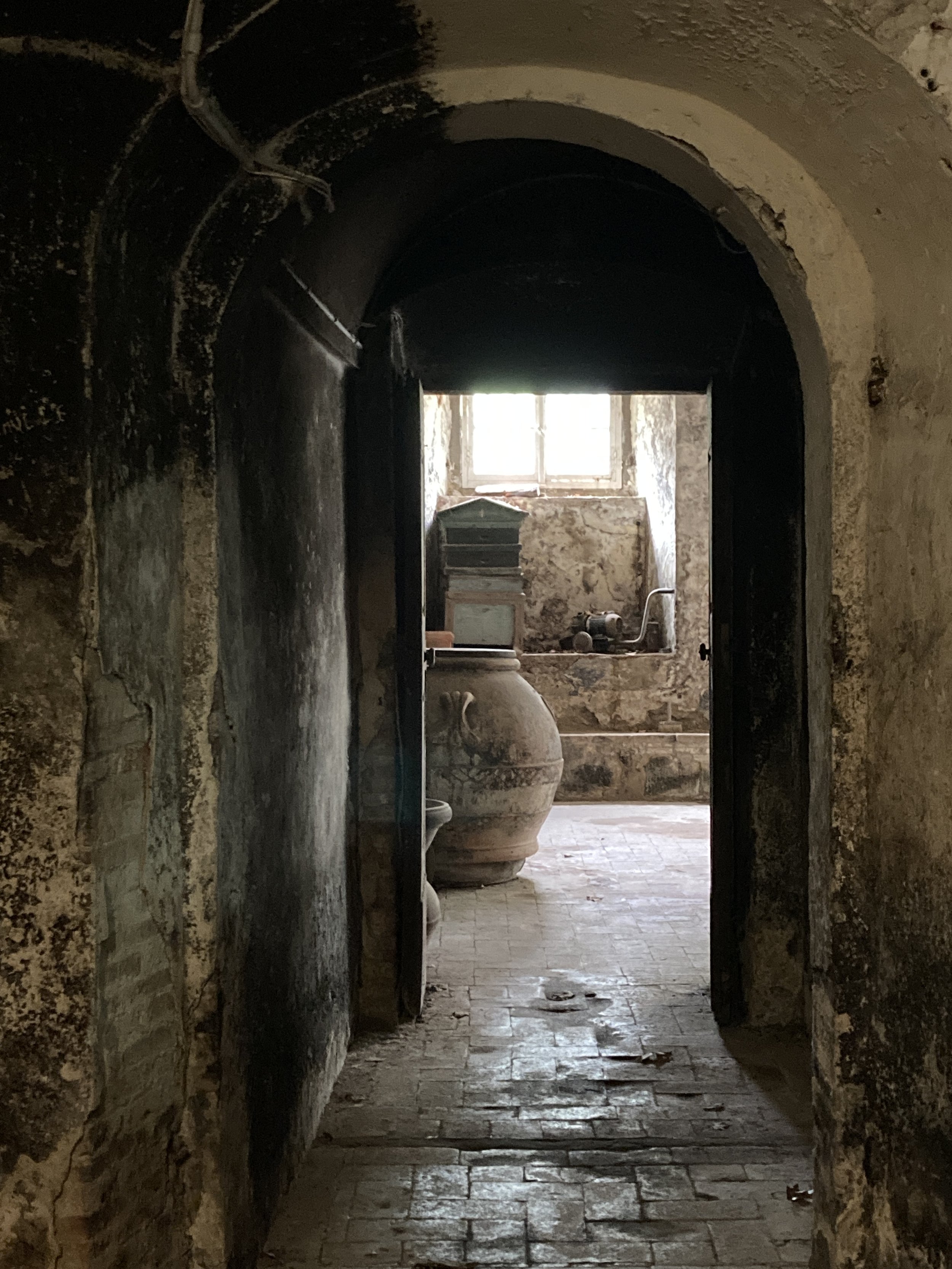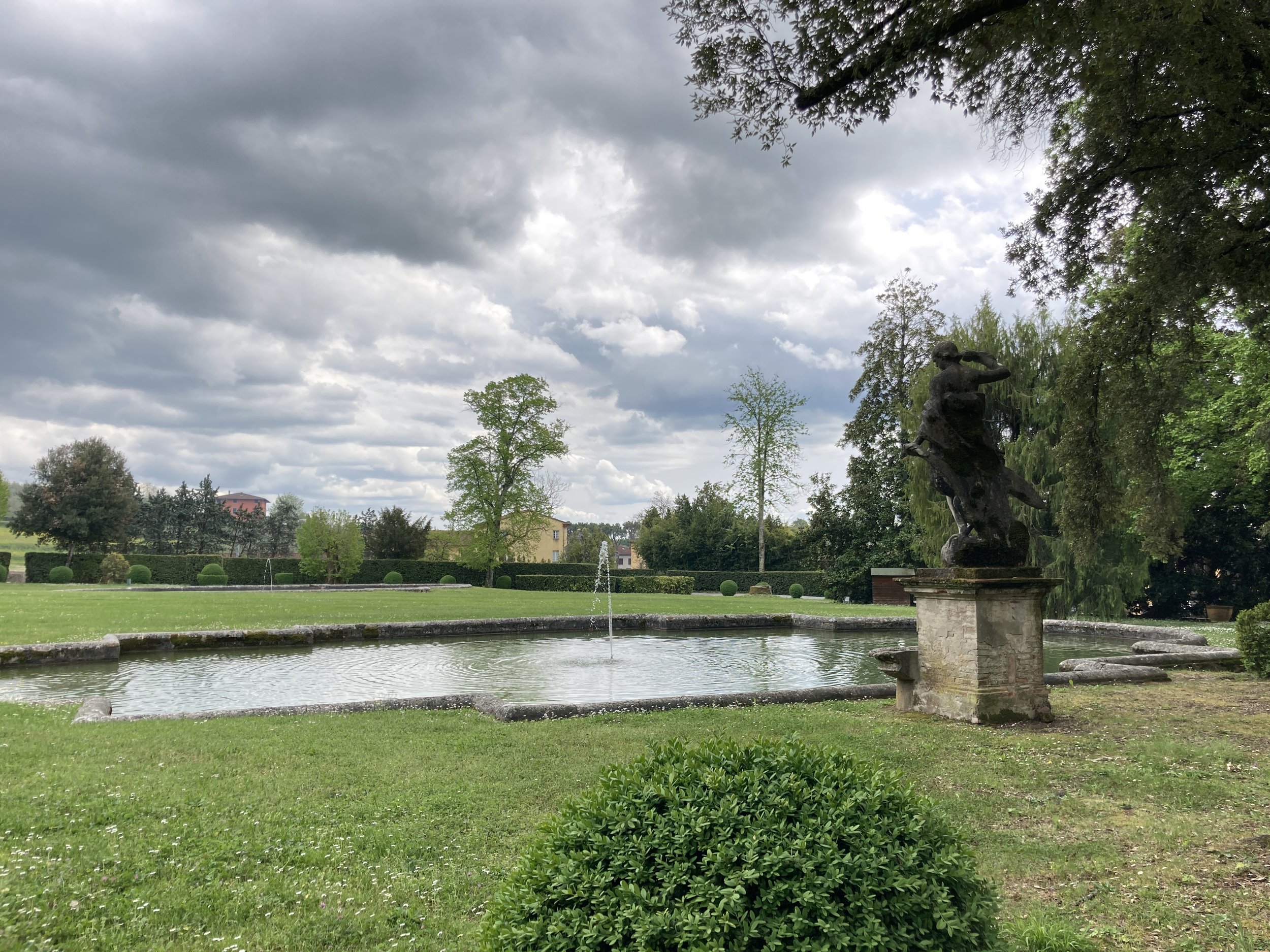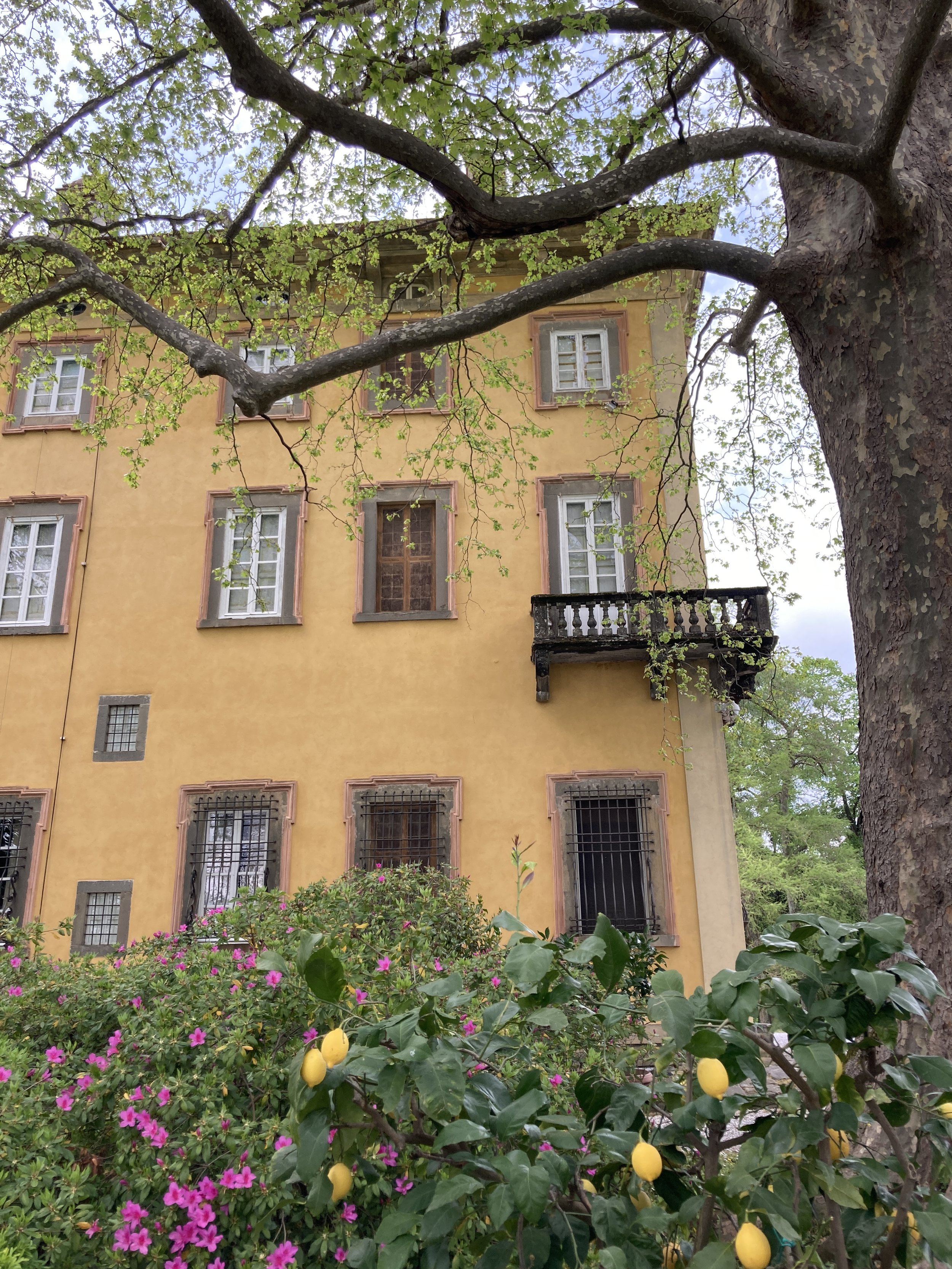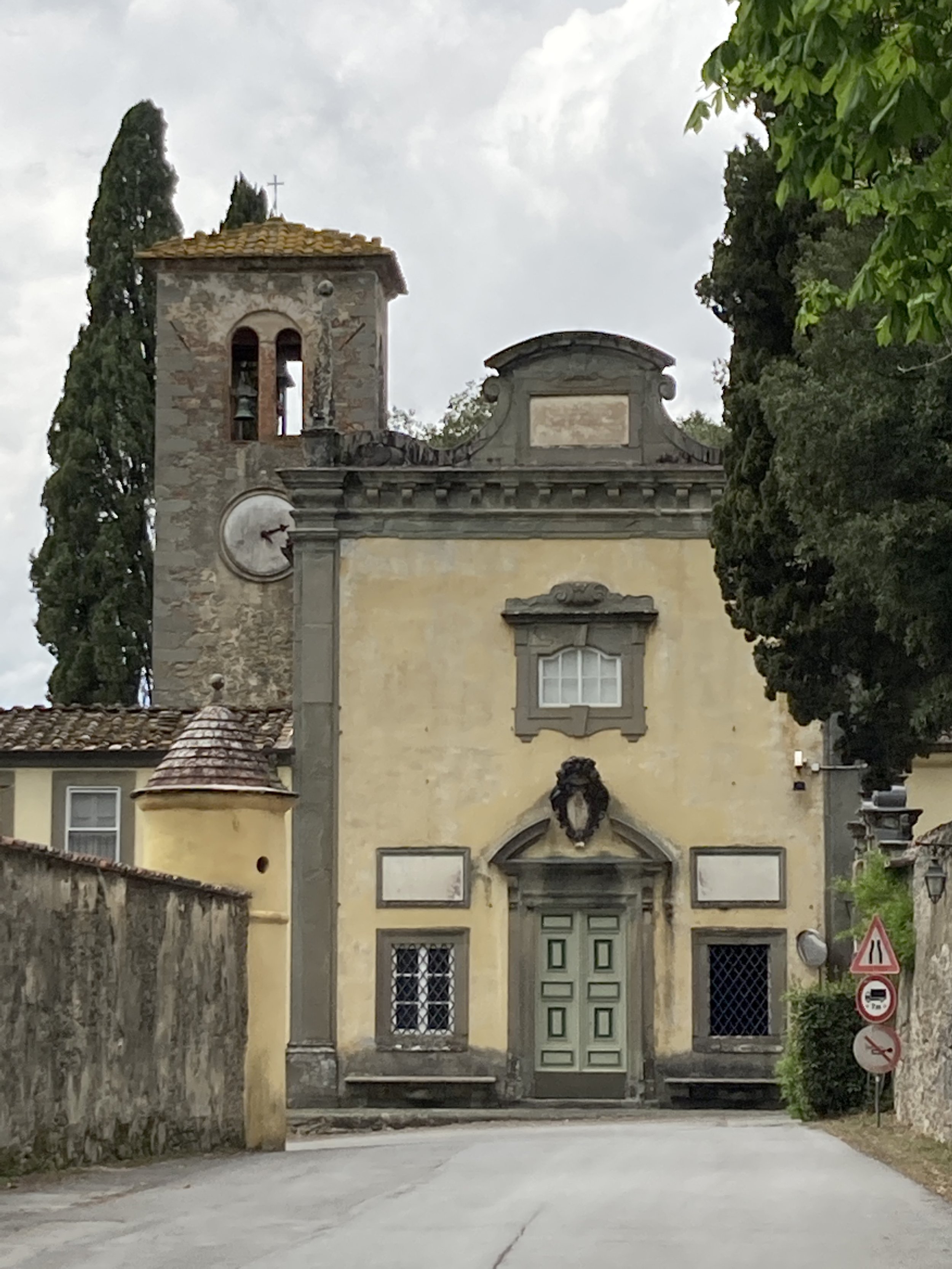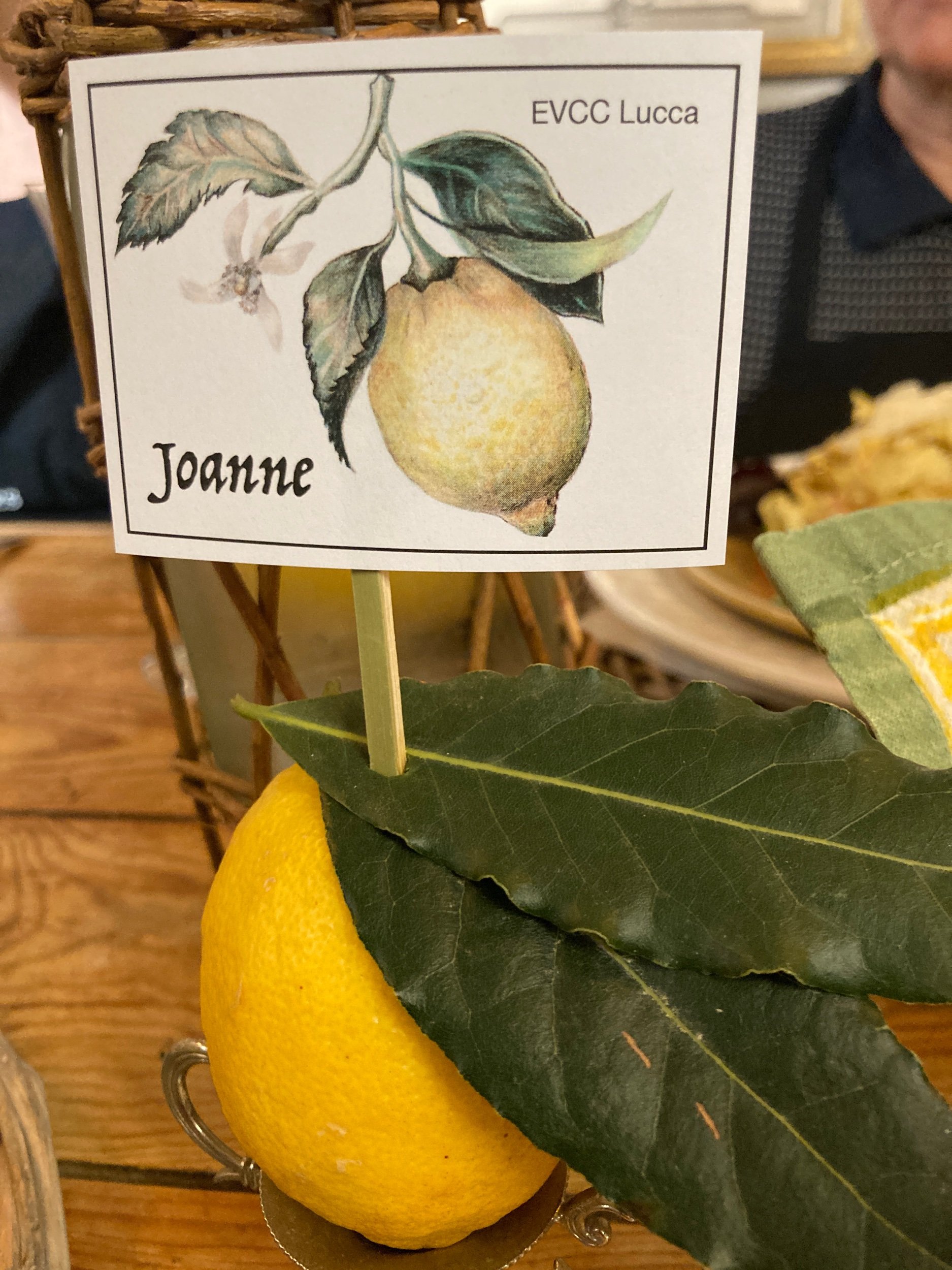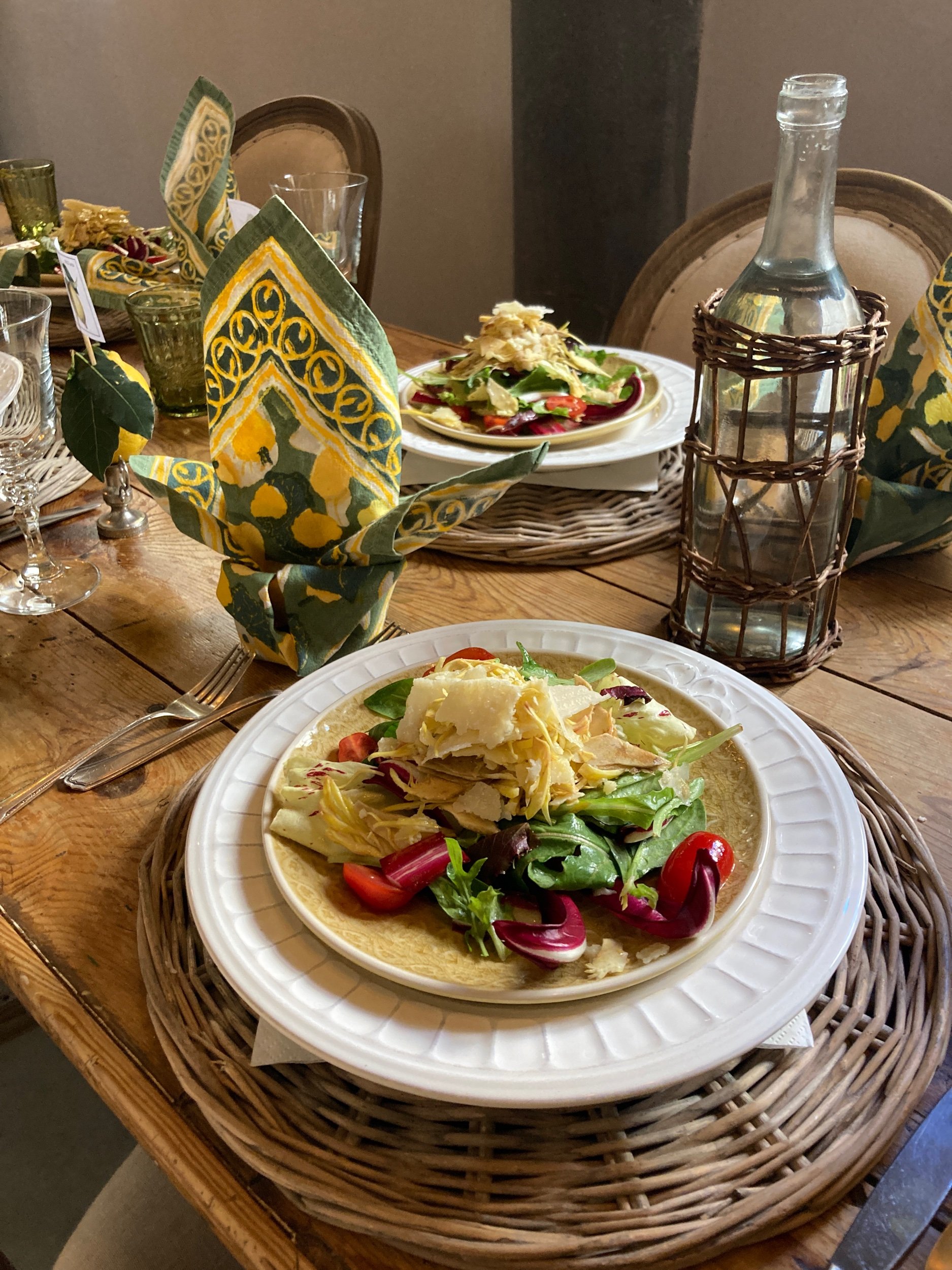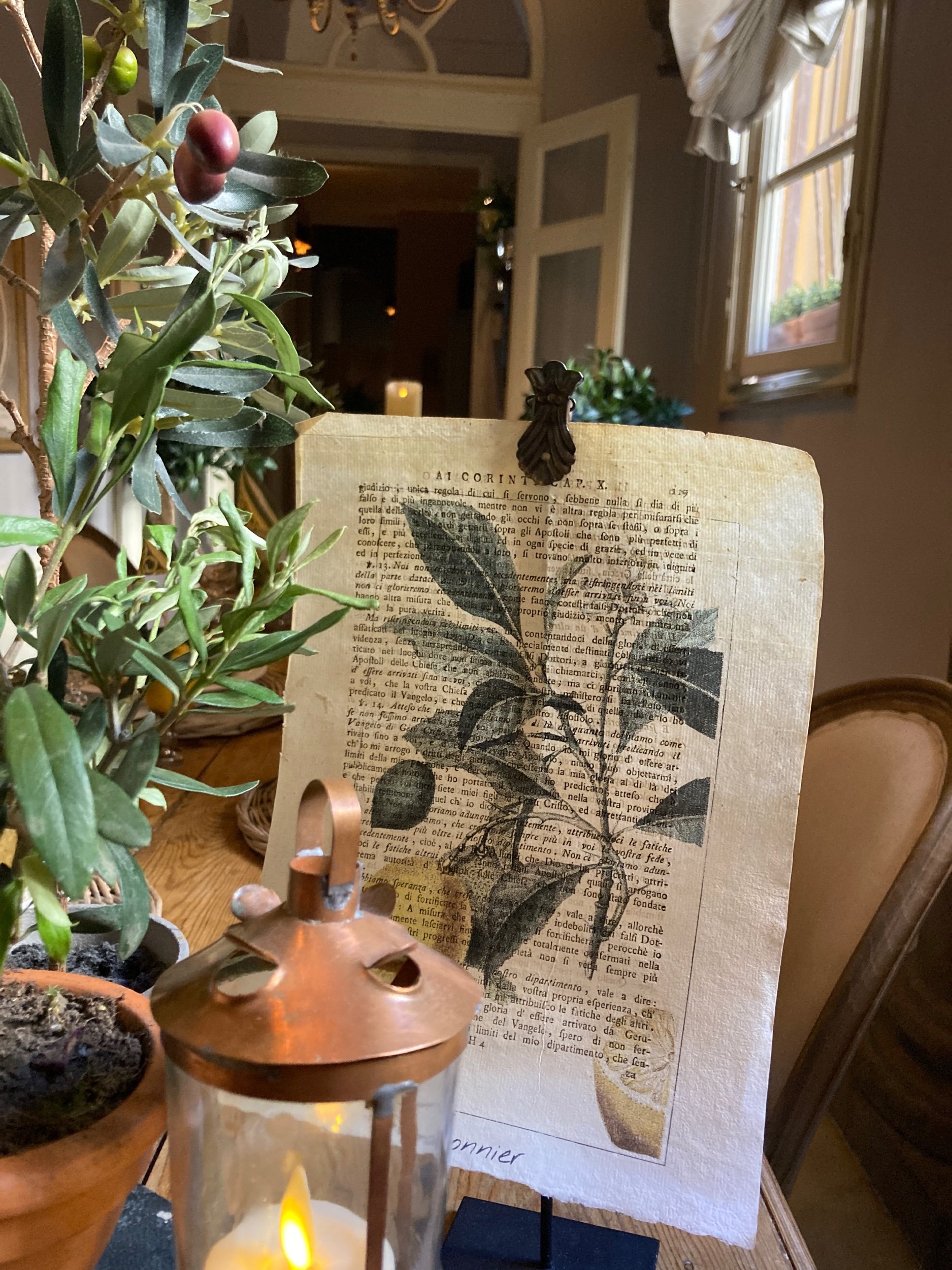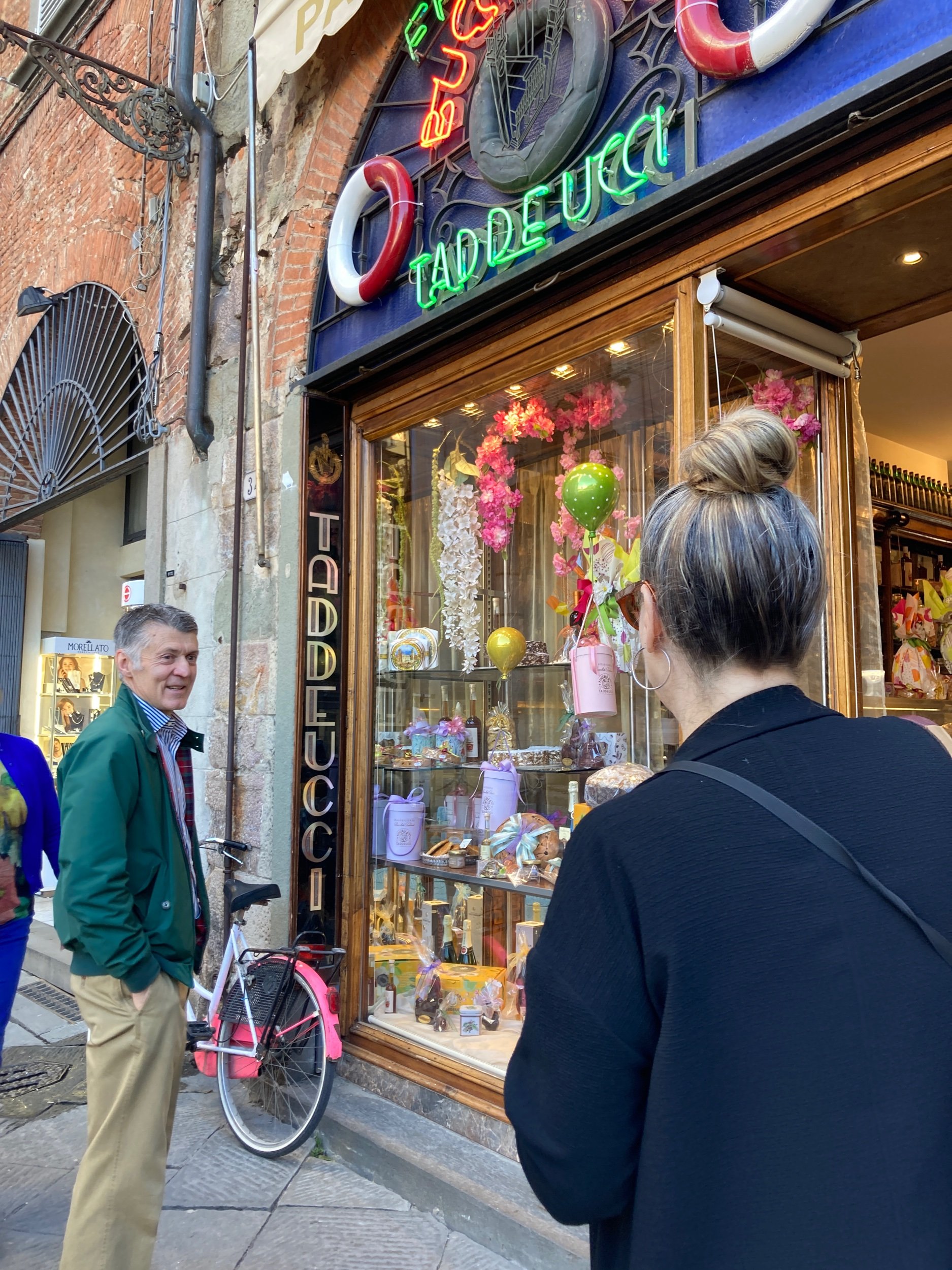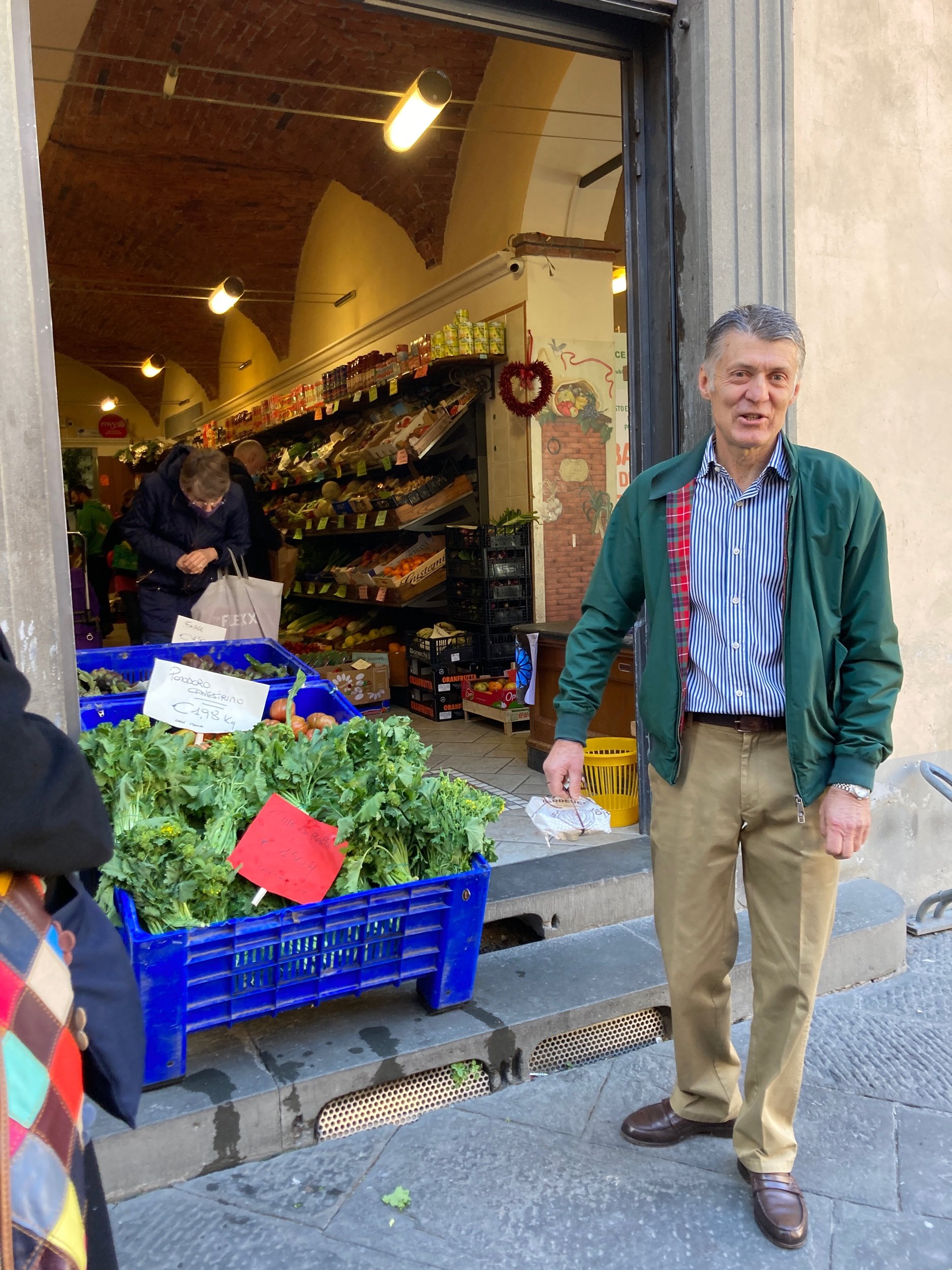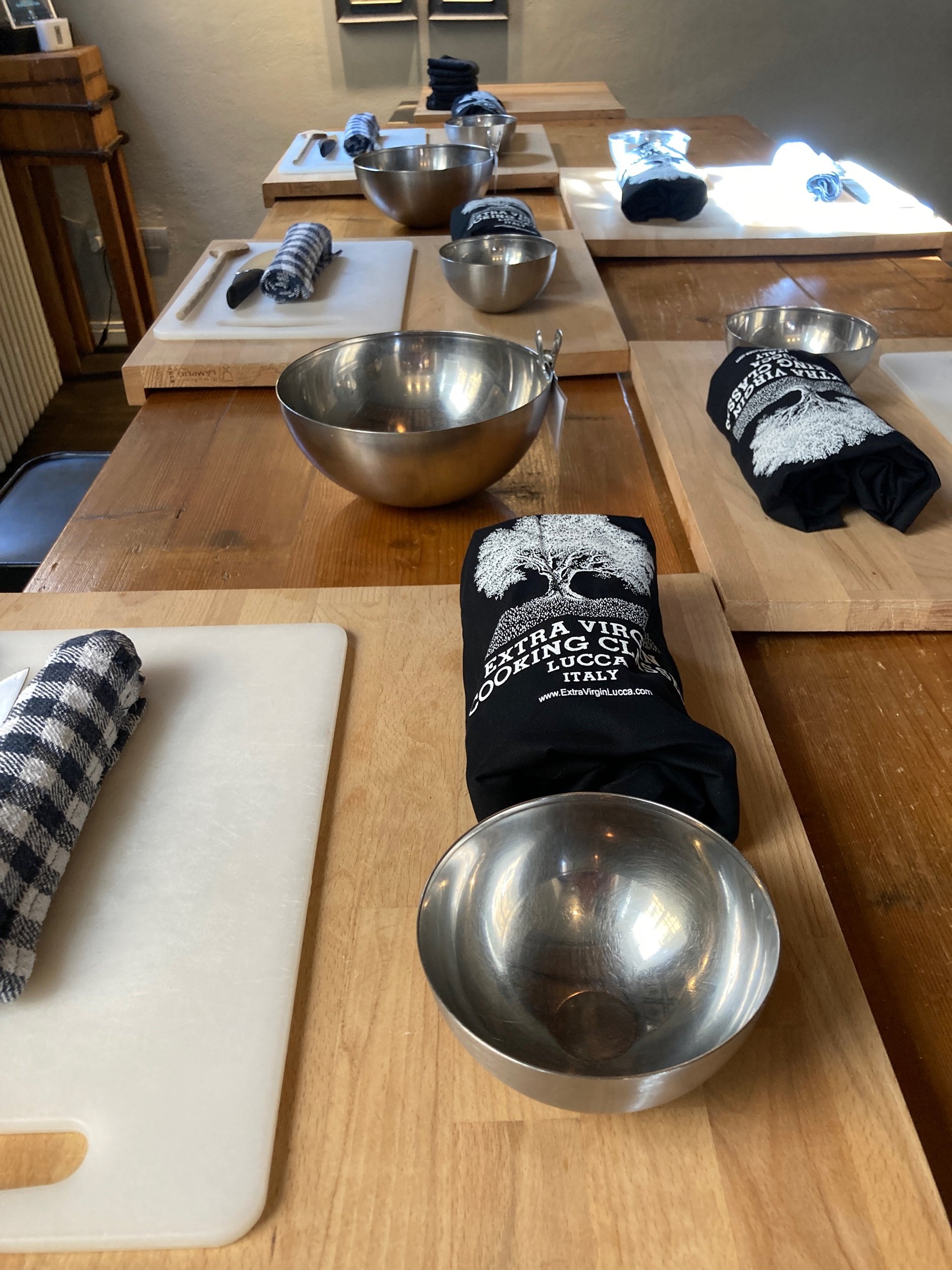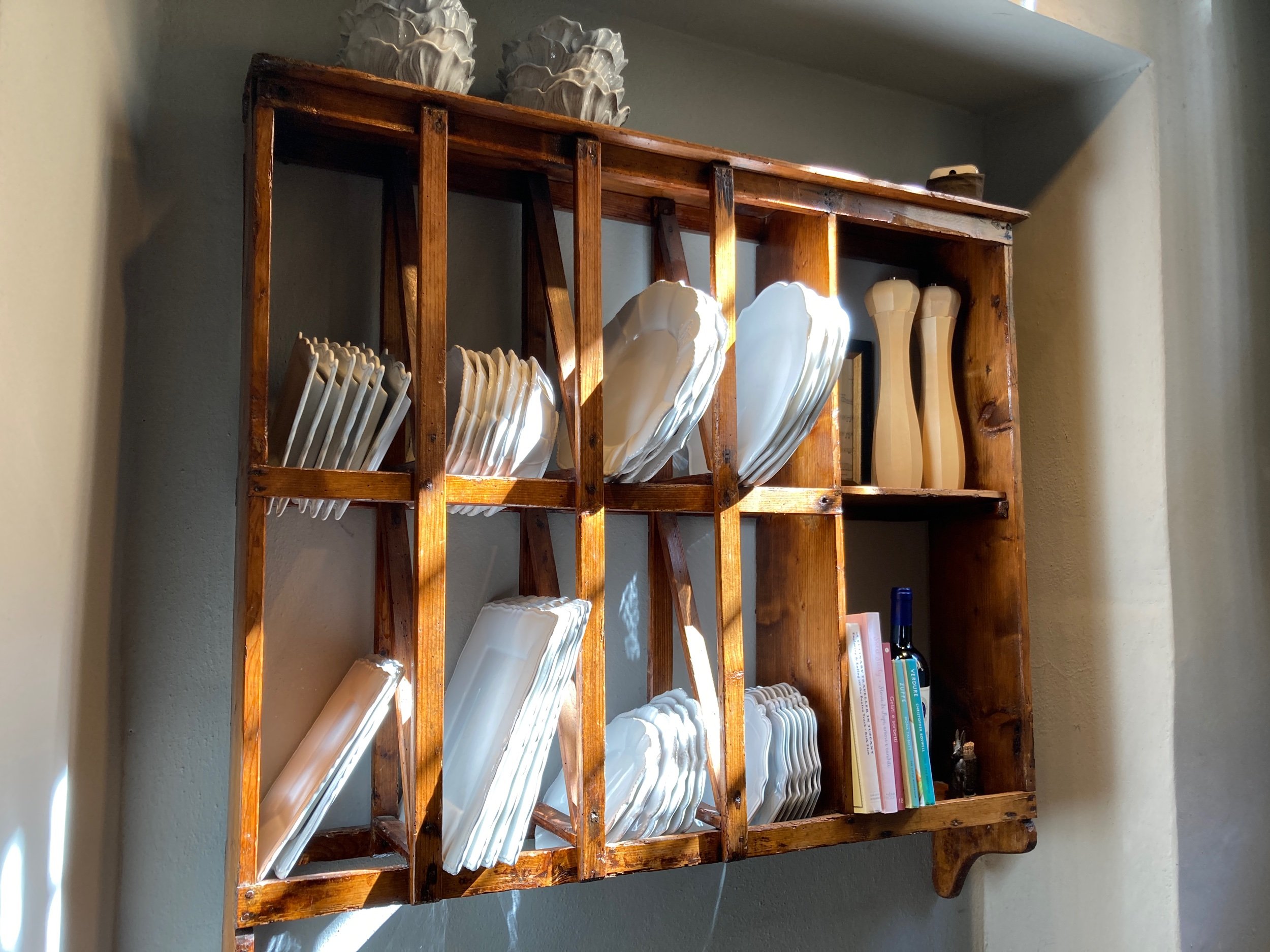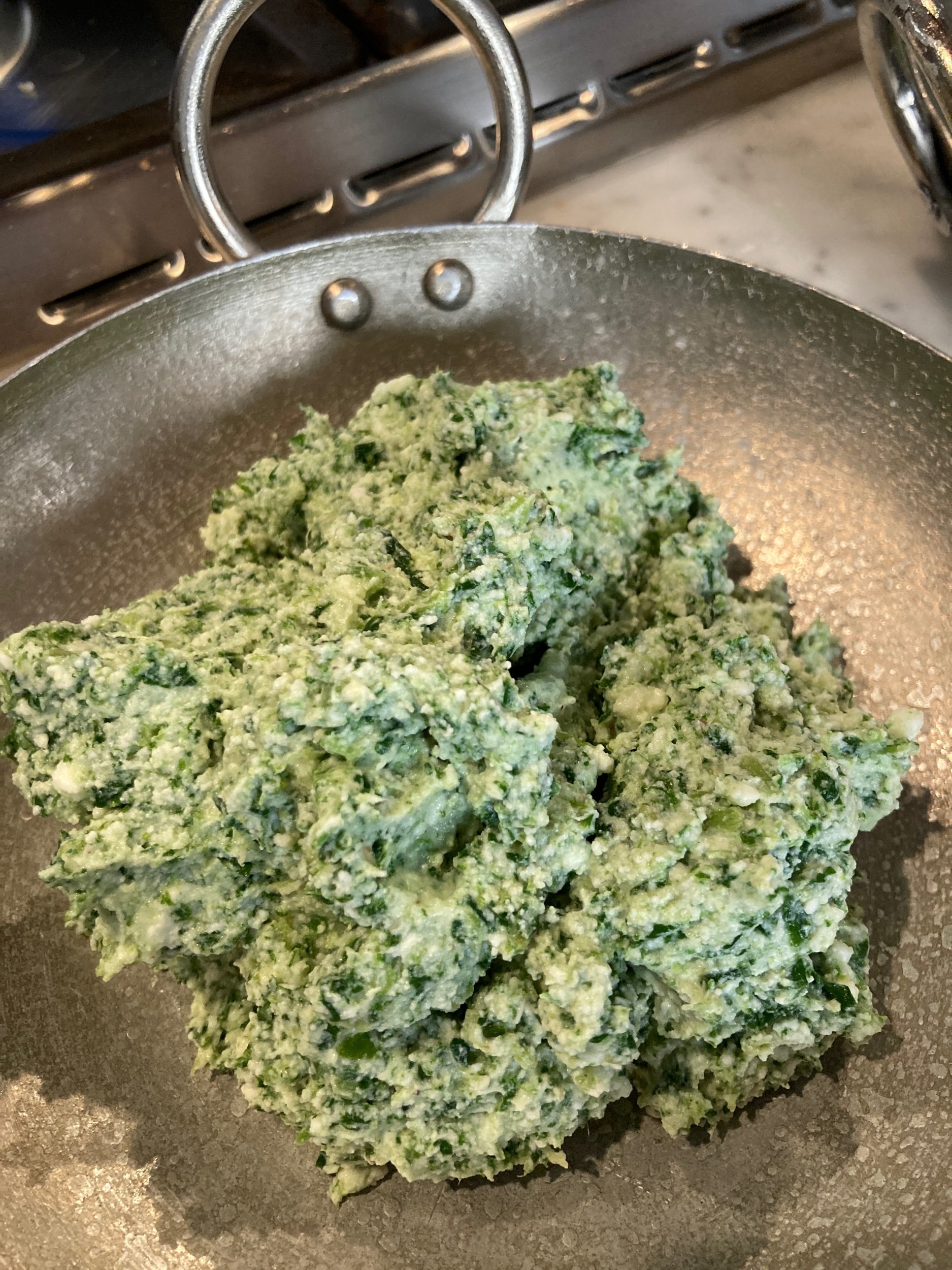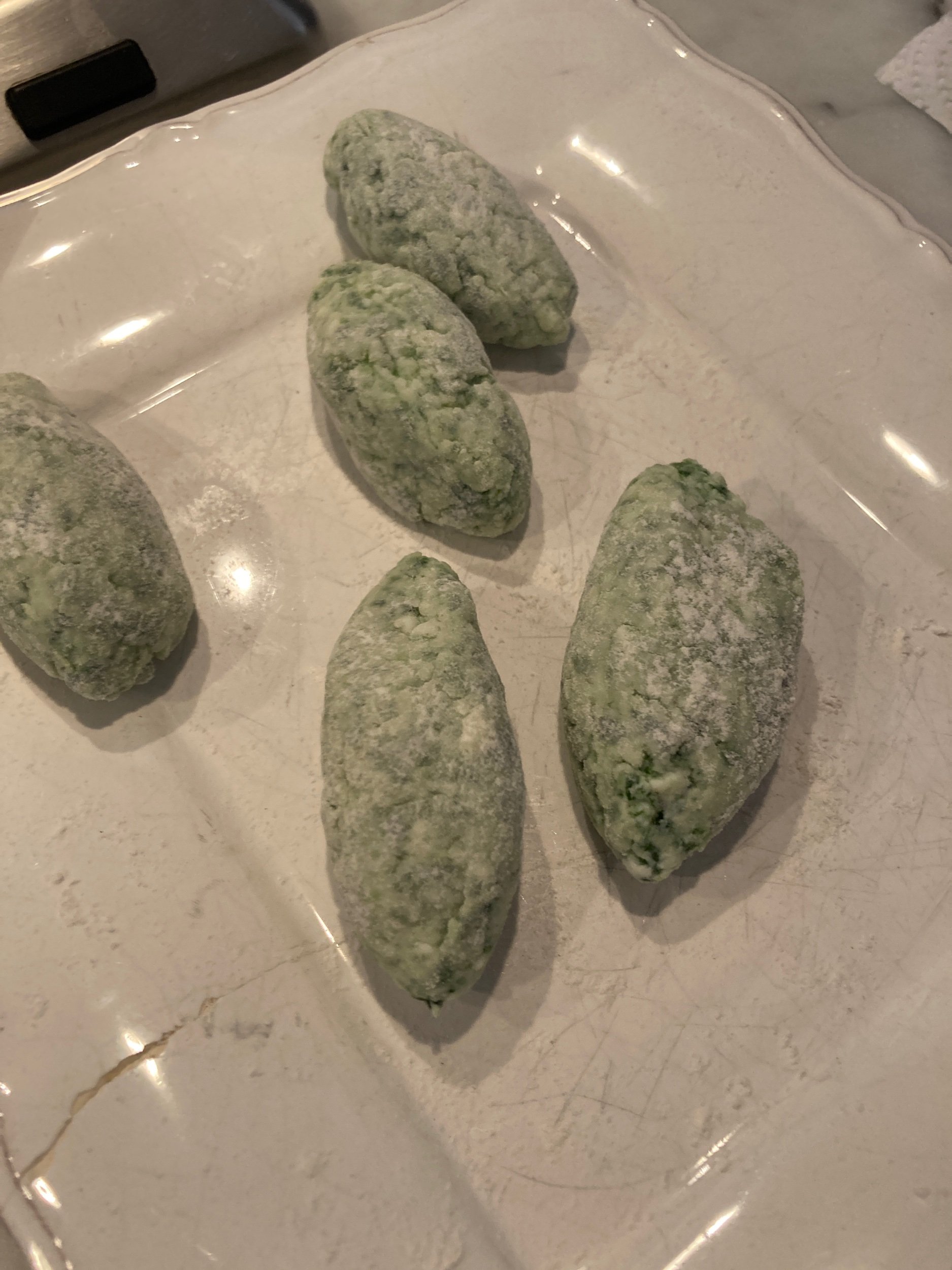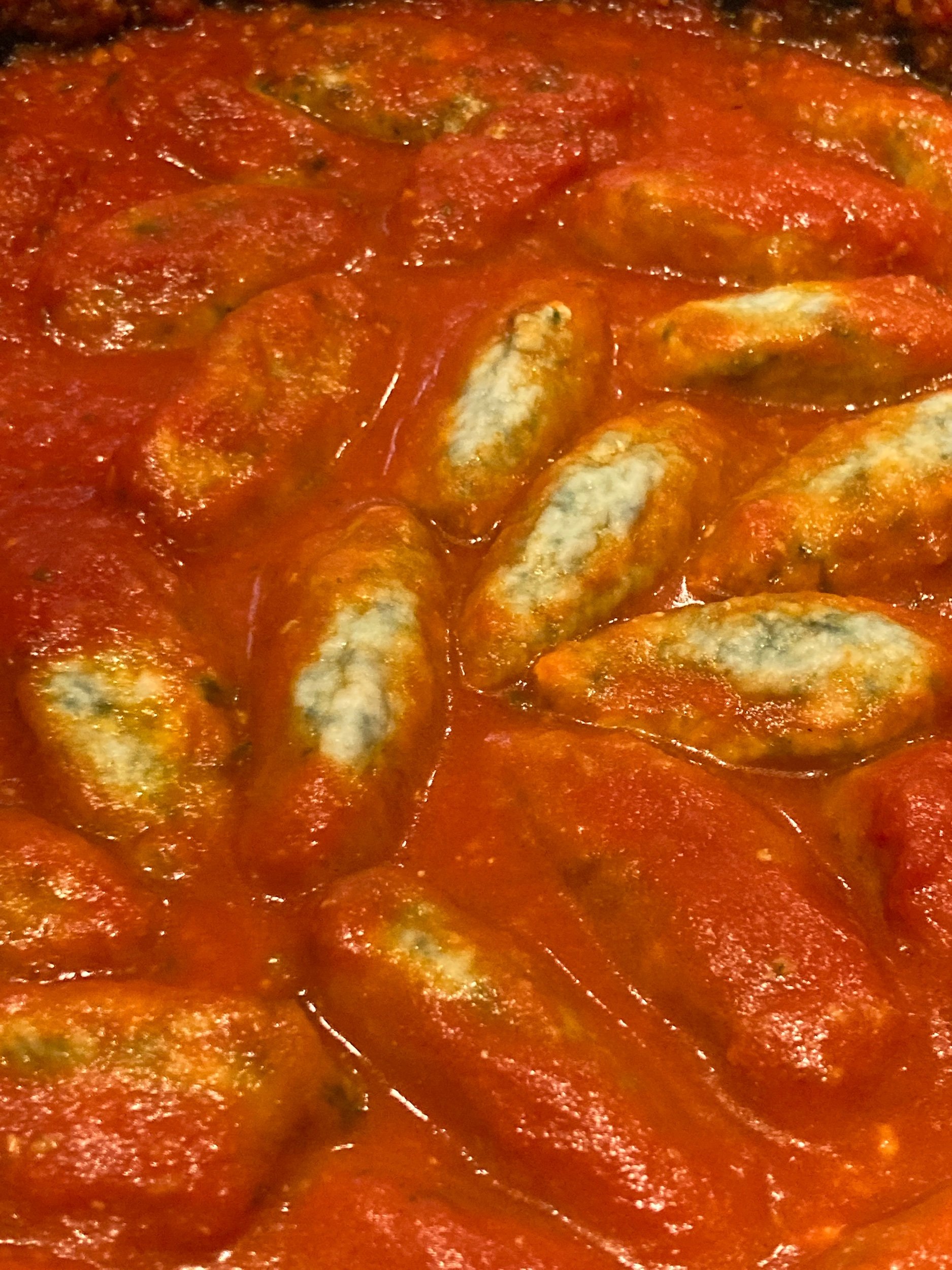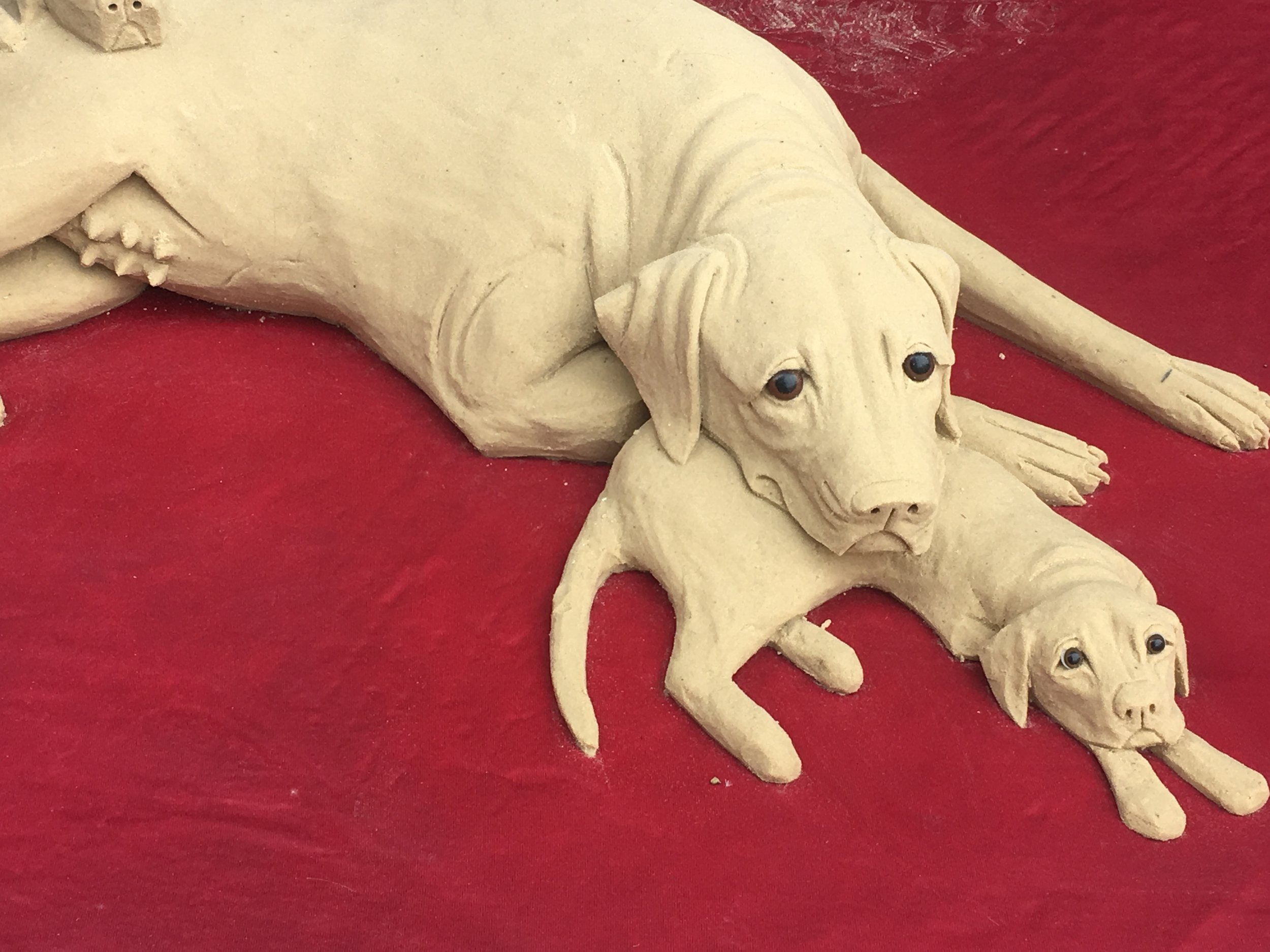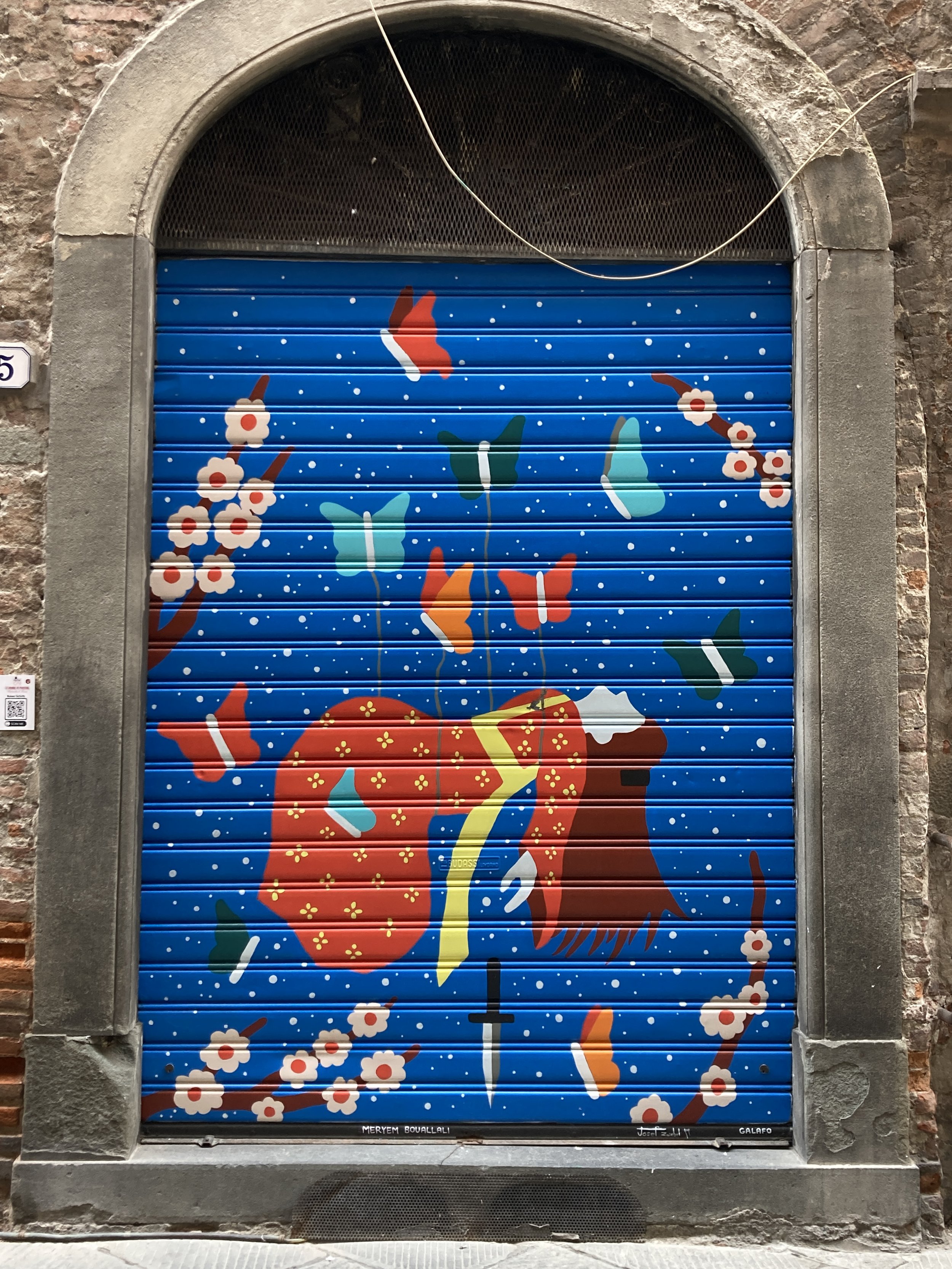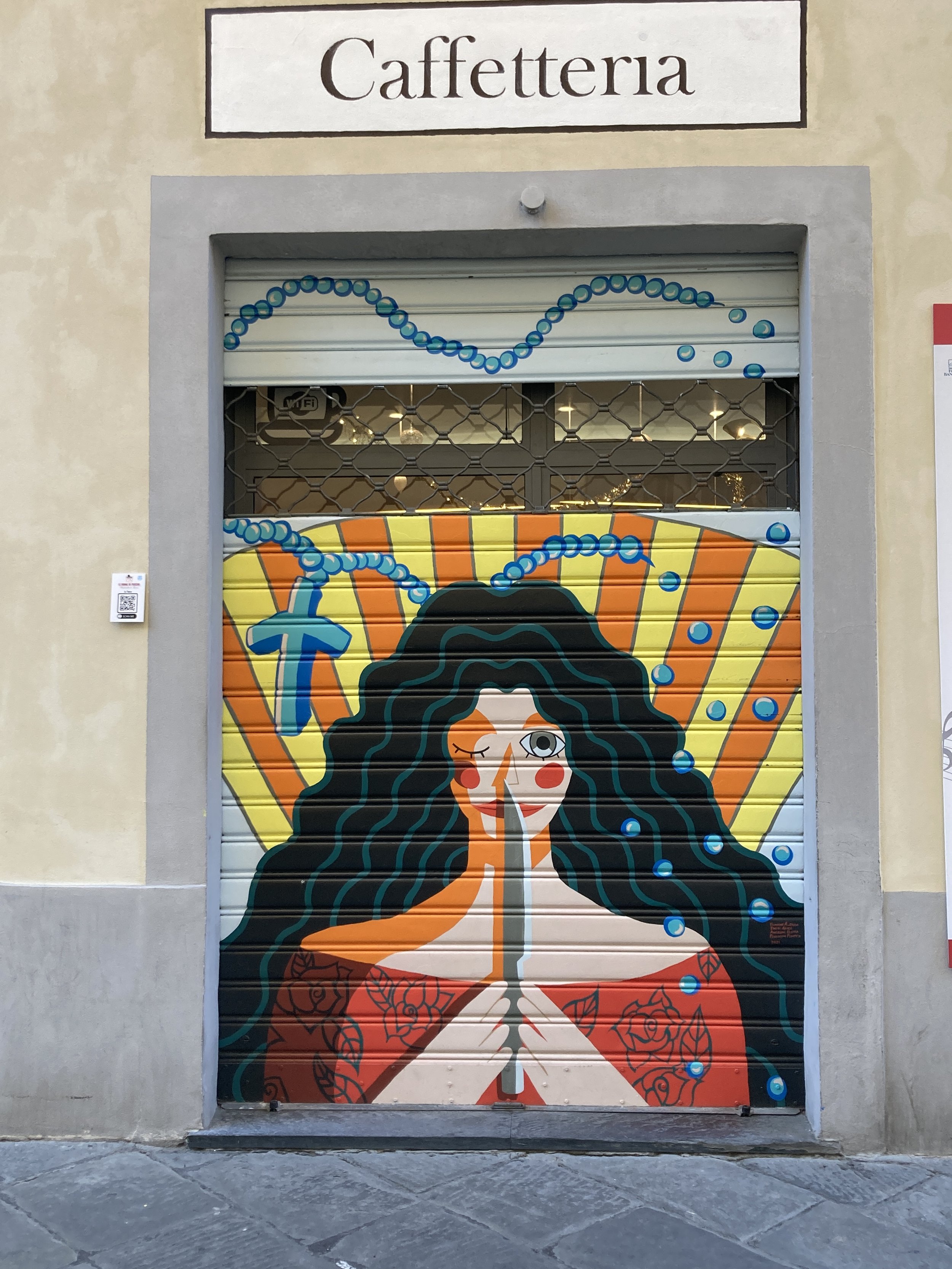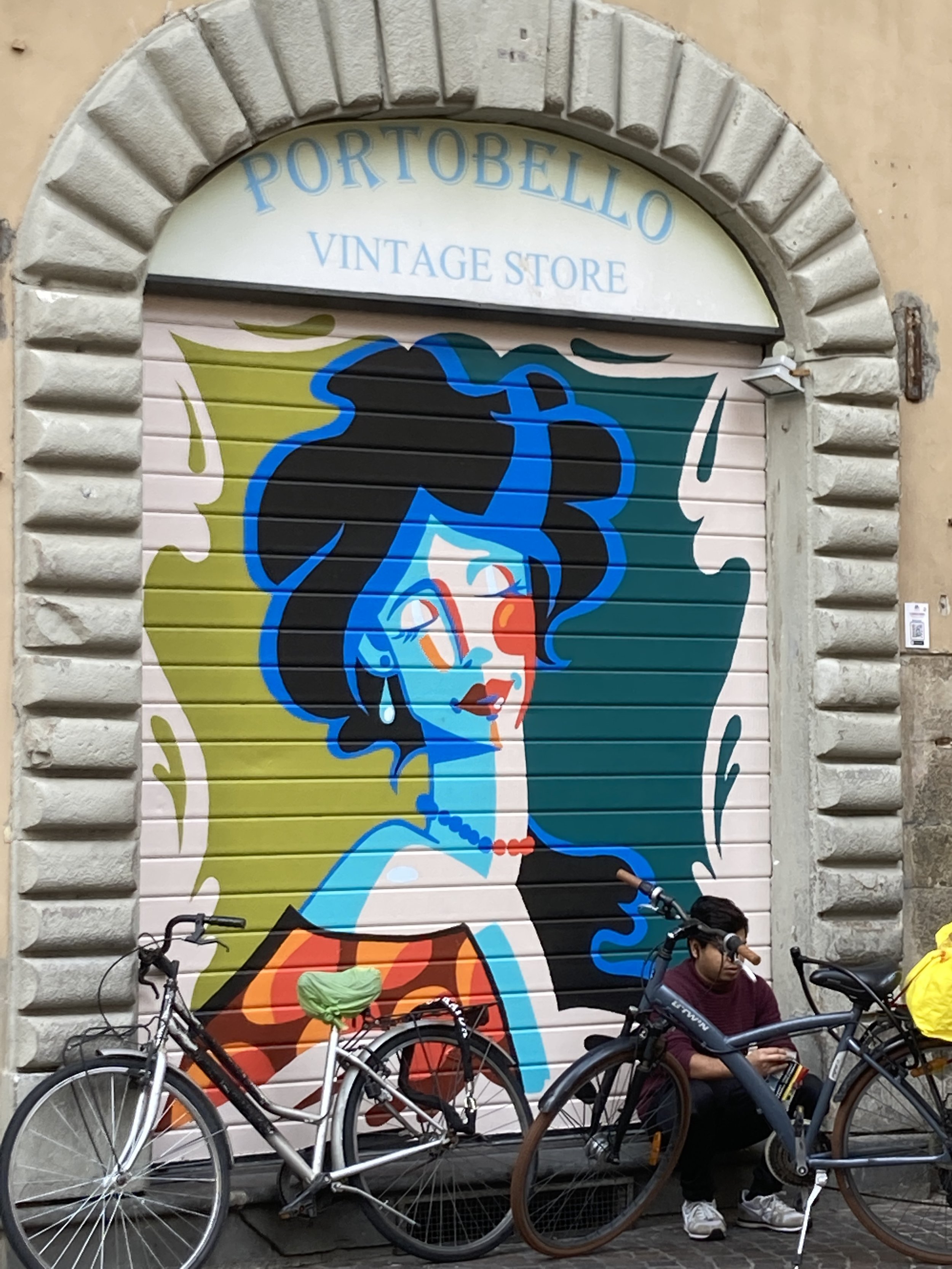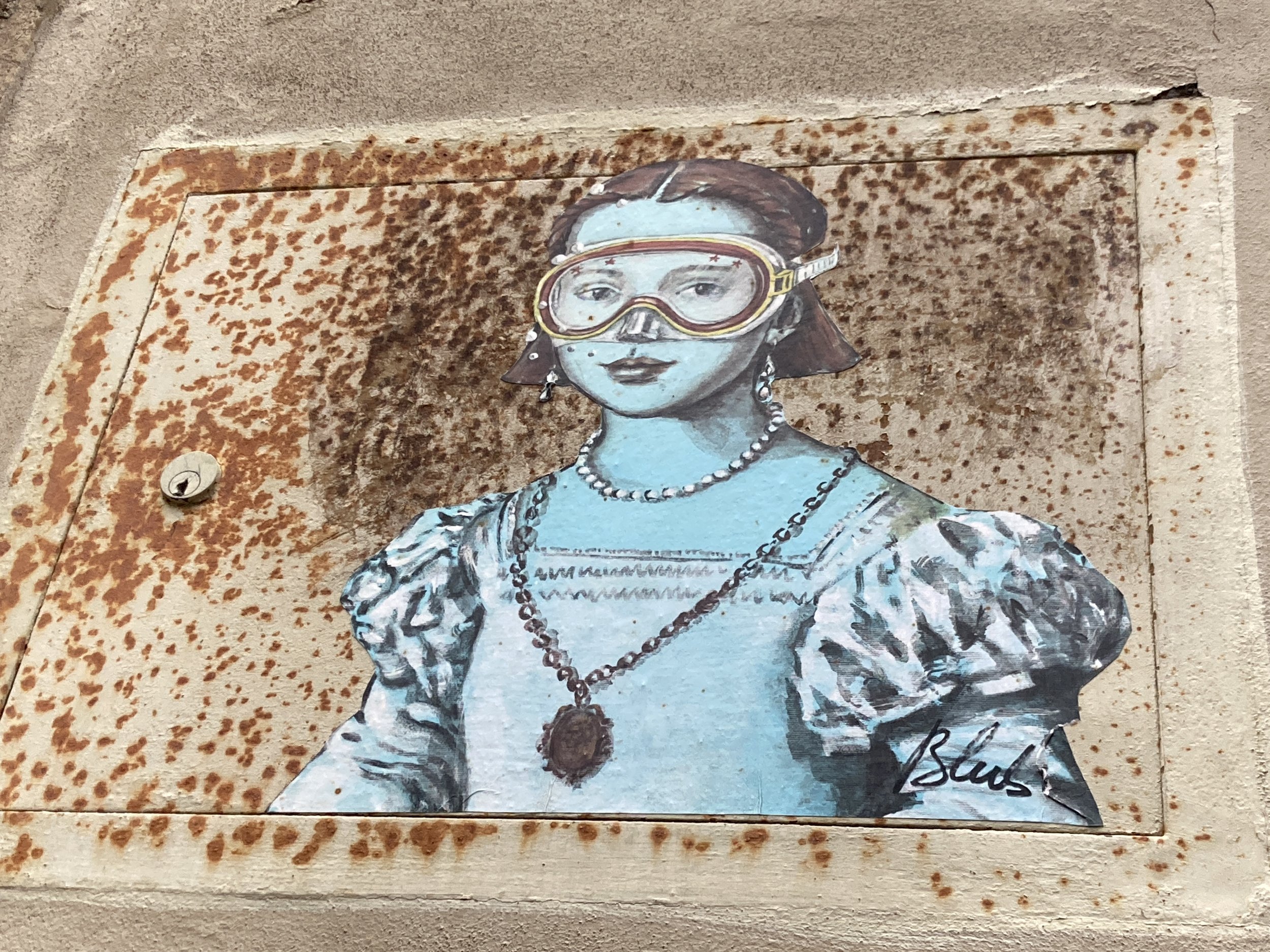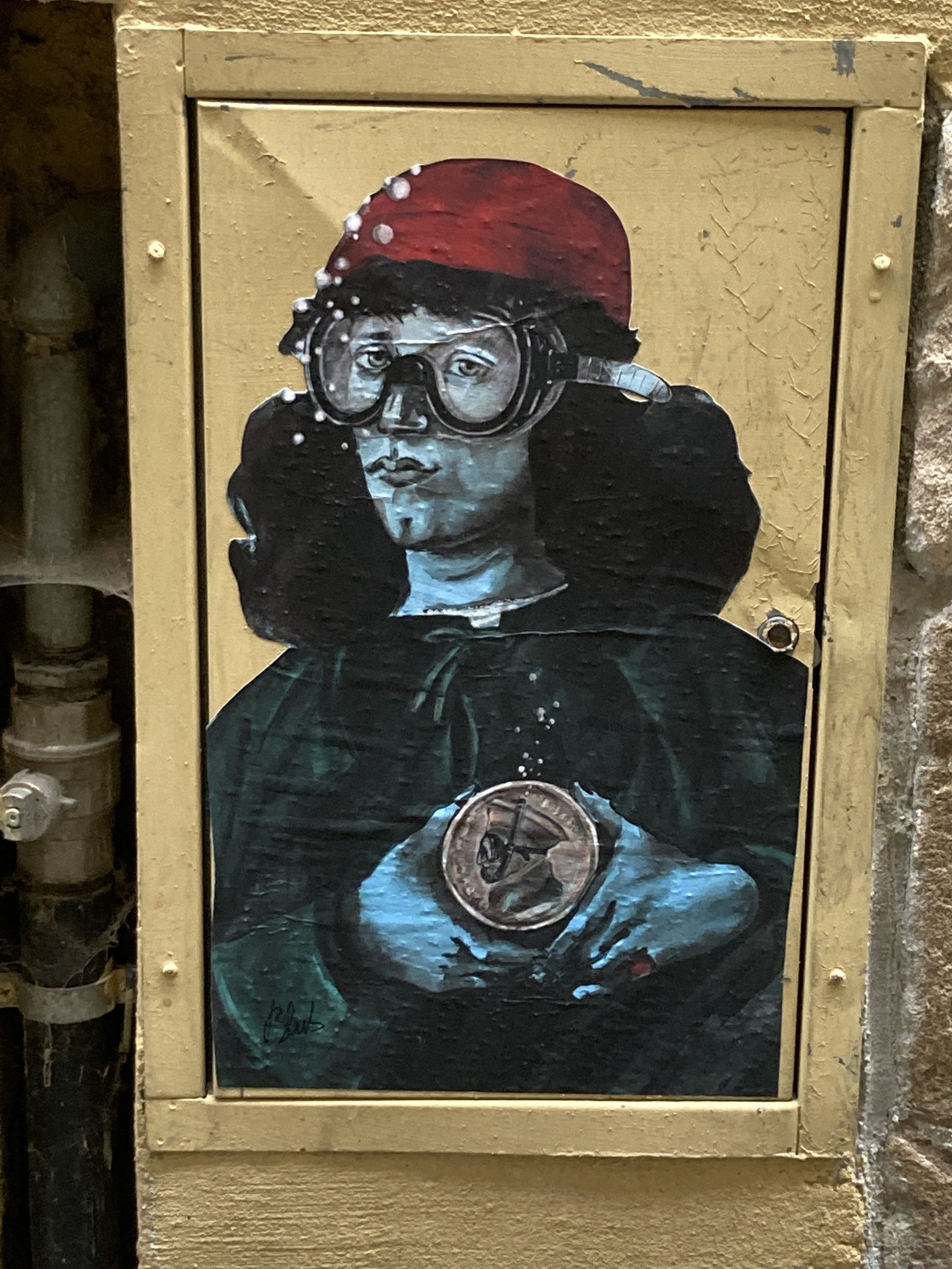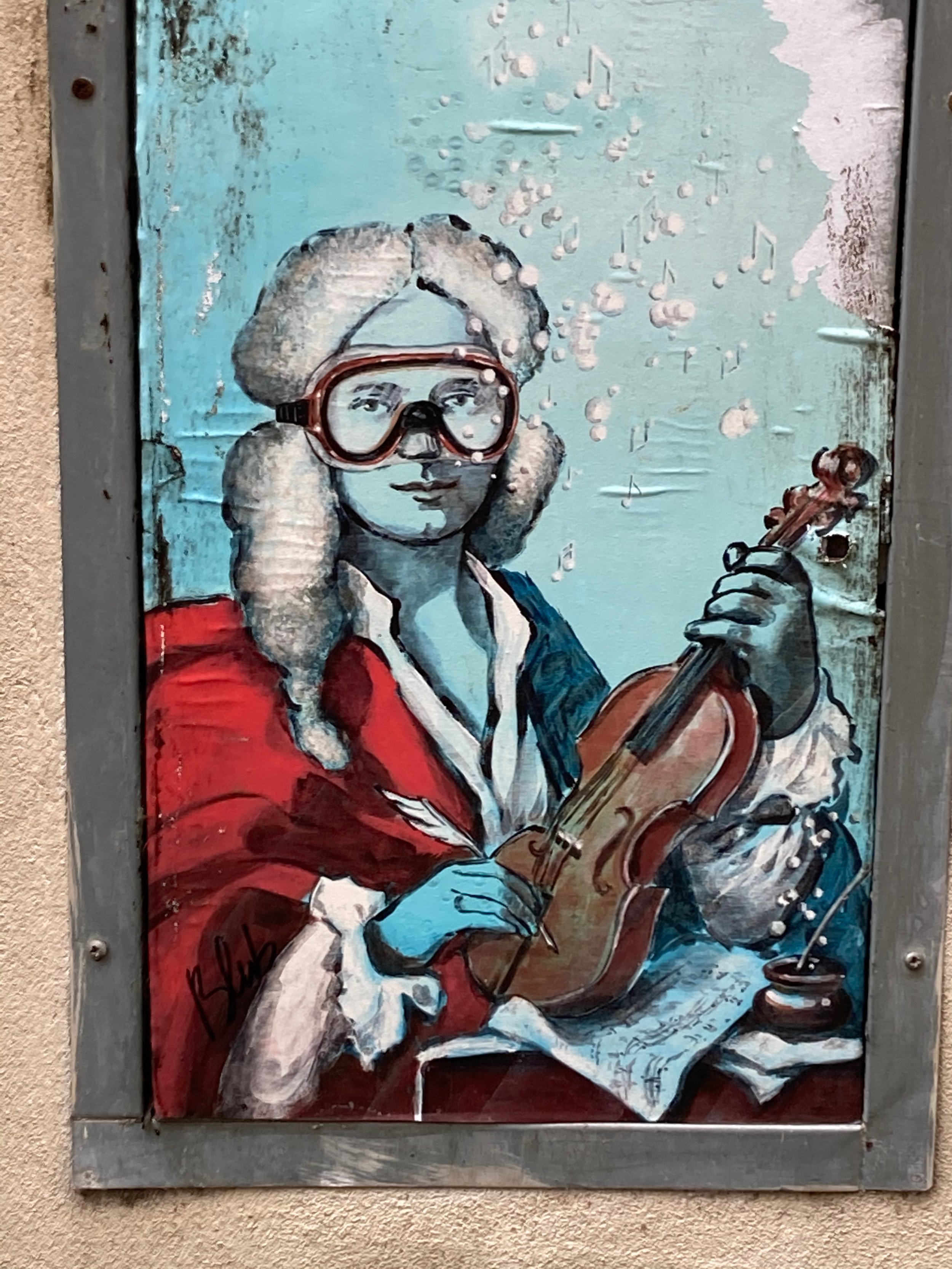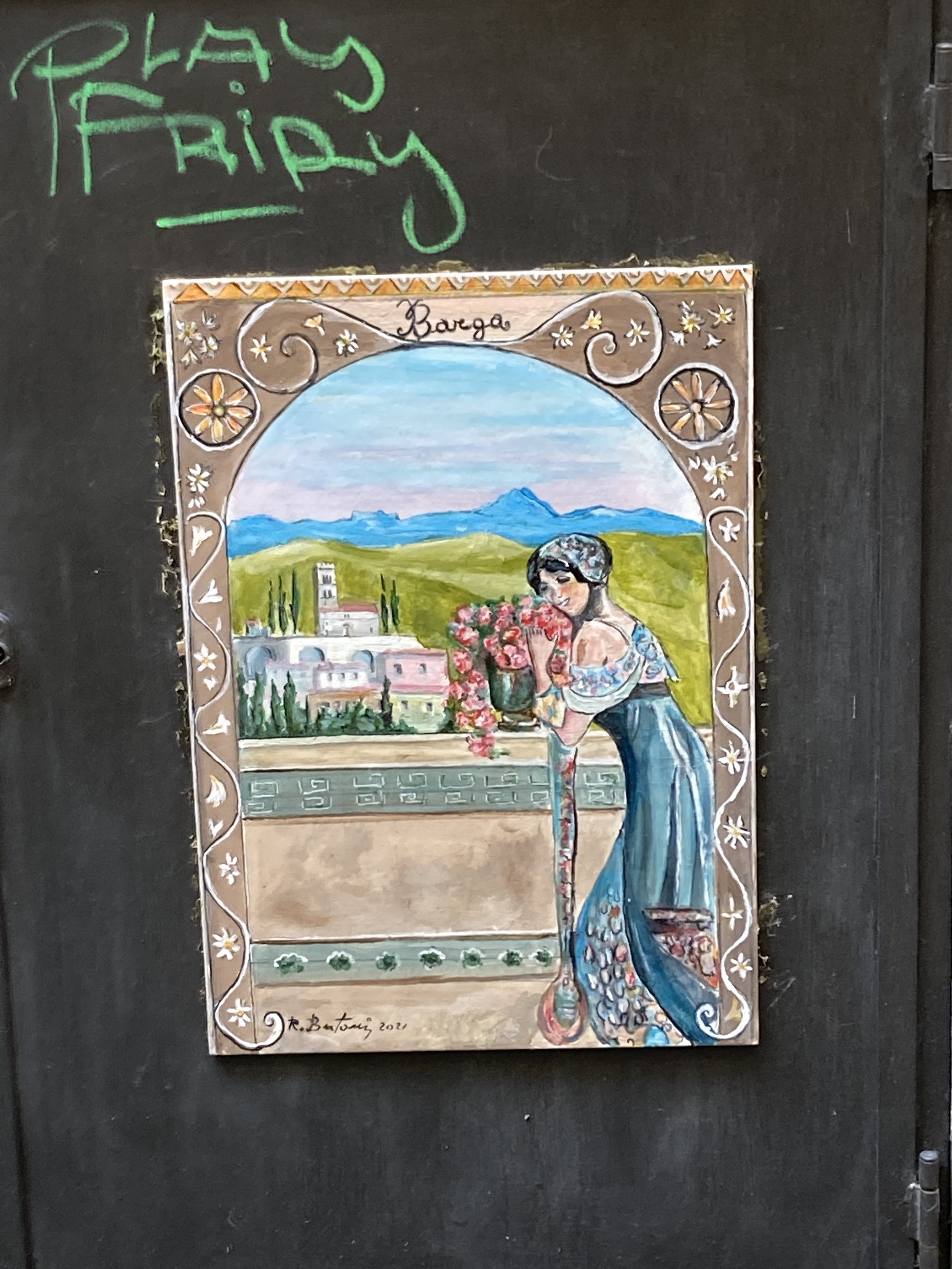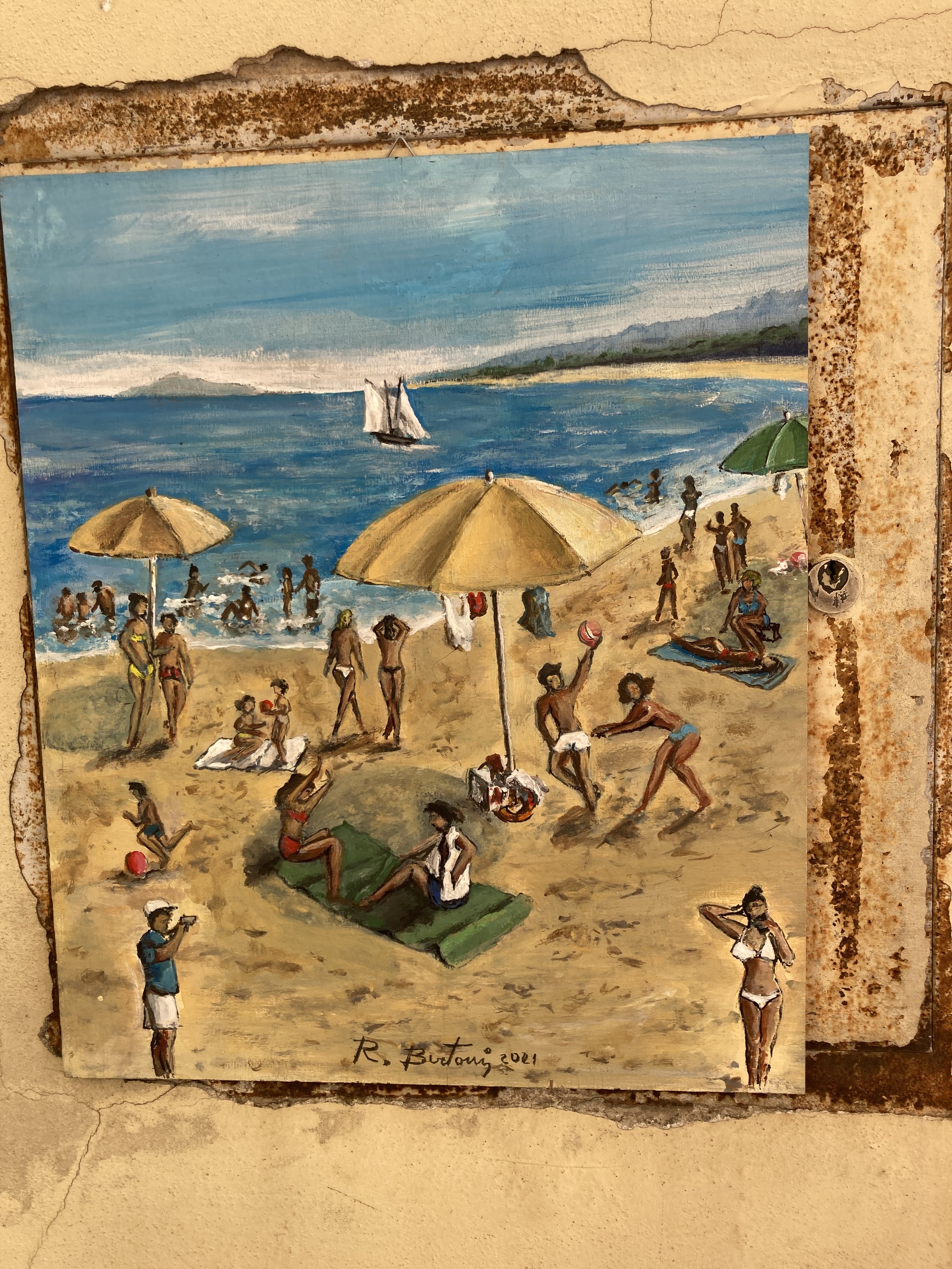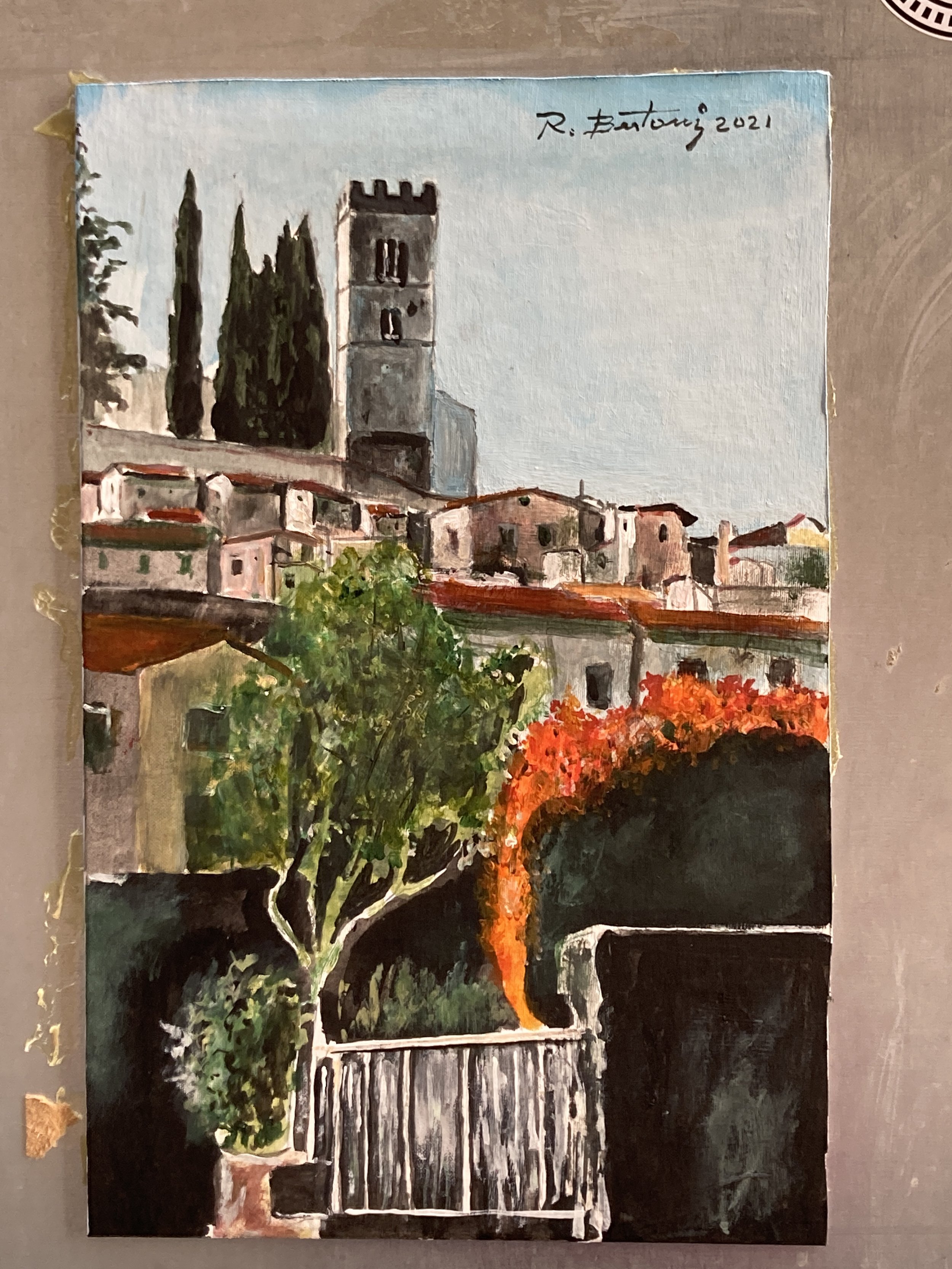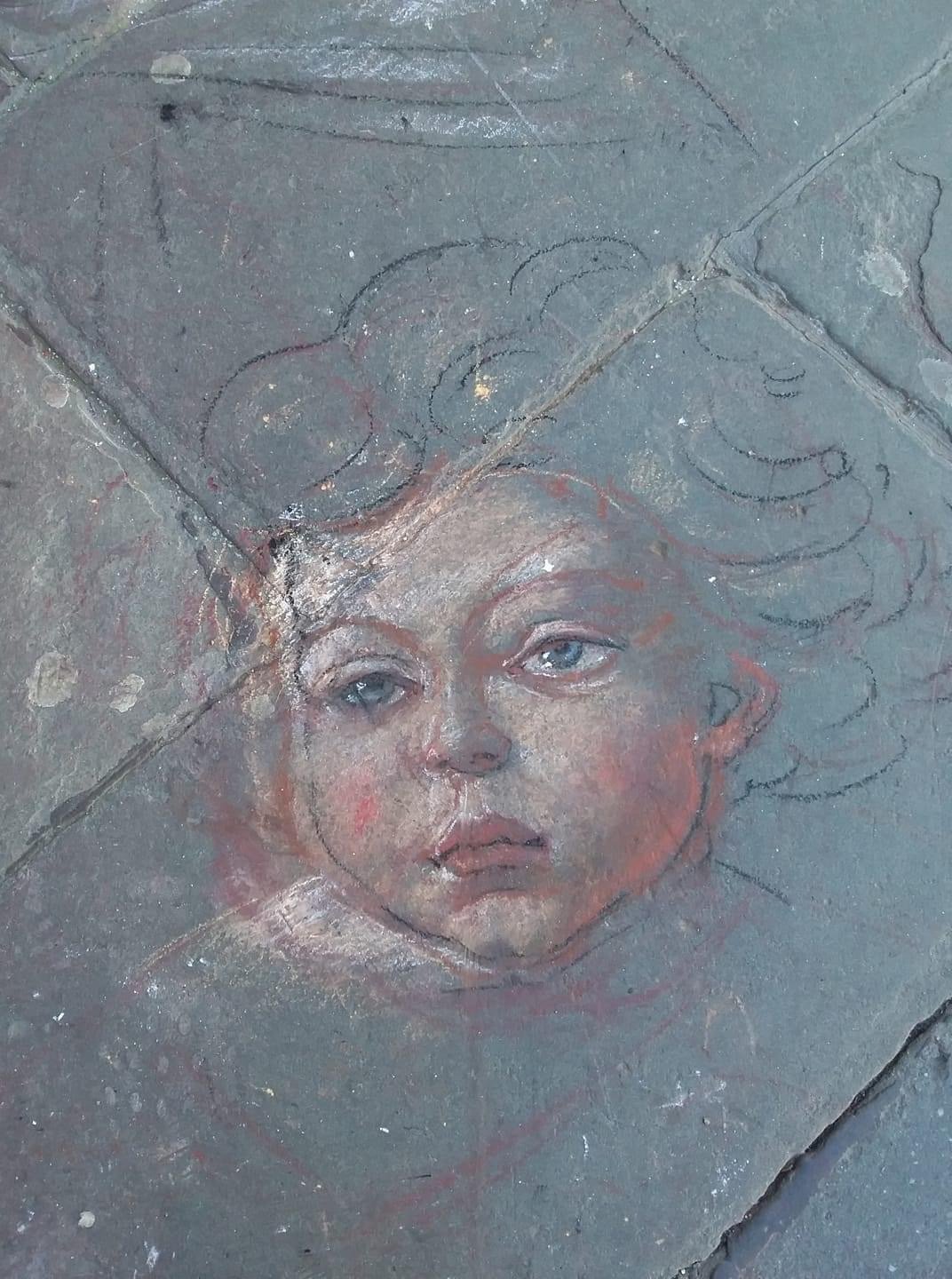The Mystery In Italian Details
Italy’s “big picture” is full of things to love - culture, art, architecture, music, food. Everywhere you turn there is something wonderful to be experienced. But sometimes, there is enchantment to be found in the smallest of details and in the little mysteries that no guide book can describe.
I am still amazed that after 3+ years of living in Lucca, I continue to find new small details to appreciate. The iron fixture near my apartment door that I noticed for the first time in April, the decorative brick arch just down the street, a small fountain tucked away in a rarely visited courtyard. Lucca presents a never ending series of discoveries!
Sometimes those little details are just noted in passing. Other times, a bit of mystery draws me back again and again, examining details, feeling intrigued, painting imaginary explanations in my mind. Often this occurs with some of Lucca’s many ruins and abandoned places. How I wish I could explore all the abandoned and locked churches, those ruined buildings with their encroaching vines and empty windows, the slowly decaying wooden doors.
Behind my apartment building lies one of those abandoned places. The mystery is why this one spot - a garage - lies abandoned. It is surrounded on all sides by restored buildings, in fact the rest of the attached building is painted a sunny yellow and is full of apartments, flower boxes, and pretty doors. A simple line of color separates the two spaces.
So why is this place, a garage with old wooden doors, chained shut and abandoned? And is the window above a sign that there might have once been a living space up there? Was it perhaps the home of a carriage driver for one of the surrounding palazzi? A rough apartment for a not-so-favorite relative? A storage space, hay for the horses? Who knows? Certainly not I. But I often find myself stopping to look at it, as if someday I expect the answer to come to me.
There is beauty in this abandoned structure, especially in the small details. My camera loves this space with its rusting bolts, peeling paint, and crumbling wood. I think I will be disappointed if ever anyone comes along and restores it. It is perfect just as it is, mysterious and aged.



